Latvia VAT Guide: Rates, Registration, & Reporting Requirements Explained
.png)
| Standard VAT Rate | Reporting Frequency | VAT Rate for ESS | Digital Reporting | Reporting Currency | |
|---|---|---|---|---|---|
| 21% | Monthly/Quarterly/Annual | 21% | Resident | National Recapitulative Statement | EUR |
| Non-Resident | National Recapitulative Statement | ||||
VAT in Latvia - Three Types of Rates
There are three types of VAT rates in Latvia:
Standard VAT rate,
Reduced VAT rates, and
Zero VAT rate.
| Latvia VAT Rate | Type | Applicability |
|---|---|---|
| 21% | Standard VAT Rate | Applies to all taxable supplies in the country except those that are subject to reduced or zero rates or are VAT-exempted; |
| 12% | Reduced VAT Rate | Applies to accommodation services, transport of passenger services, and medicines. |
| 5% | Reduced VAT Rate | Applies to books, newspapers, and other printed versions of periodicals. |
| 0% | Zero VAT Rate | Applies to the intra-EU supply of goods and export of goods to non-Eu countries. |
How Much is VAT in Latvia’s Regions?
There are no dedicated regions with different VAT rates in Latvia, so the stated standard, reduced, and zero VAT rates are applicable throughout the country.
VAT Registration Threshold
Important information on the VAT threshold in Latvia can be found in the VAT law, bylaws, and official documents published by the government body responsible for applying VAT-related rules and regulations, such as the Ministry of Finance or the State Revenue Service Agency.
Under the VAT Law, different VAT registration thresholds apply to Latvia's domestic and foreign taxable persons. The threshold for domestic taxable persons is EUR 50,000, whereas no such threshold is defined for foreign taxable persons.
As an EU Member State, Latvia incorporated EU-wide VAT rules on the VAT registration threshold for intra-community distance sales of goods, B2C supplies of services, and electronically supplied services from suppliers established outside the EU.
Taxable persons involved in intra-EU distance sales of goods and in B2C supplies of services are subject to an EU-wide registration threshold of EUR 10,000. In contrast, non-EU suppliers of electronically supplied services do not have a registration threshold.
Latvia allows small businesses to opt into the EU SME VAT scheme, which significantly simplifies VAT compliance for businesses with limited turnover. The national annual turnover threshold for applying the SME scheme in Latvia is set at EUR 50,000. The SME scheme can also operate in a cross-border context. This applies when a Latvian small business uses the SME scheme in another EU country, or when it combines the scheme in Latvia and one or more other EU countries.
In these situations, the simplification is achieved through centralization of obligations rather than complete exemption. Instead of registering for VAT separately in each EU country where the scheme is applied, the business submits a single prior notification in Latvia. However, to use EU VAT SME scheme, businesses must remain below the EUR 100,000 EU-wide threshold.
Types of Taxable Activities in Latvia
To understand taxable activities in Latvia, it is necessary to clarify the meaning of the term taxable person. Under the Latvia VAT Law, taxable persons are defined as any person, natural or legal, who continuously and independently performs any economic activity, including any activity of producers, traders, or persons supplying services or agricultural activity, irrespective of the purpose or results of such activity.
Therefore, when certain activities are performed, taxable persons are liable for VAT. Those activities are known as taxable activities and include the supply of goods in the European Union, the exportation of goods for a fee, the supply of services for a fee, and the acquisition of goods in the EU for a fee.
VAT Registration Process
Domestic and foreign taxable persons, such as businesses, undergo a similar process when registering for VAT in Latvia. However, some notable differences concern the required documents and other requirements for completing the registration process.
Latvia VAT Registration for Domestic Businesses
Domestic businesses that exceed the VAT registration threshold of EUR 50,000 must apply to the State Revenue Service (SRS) for VAT. Notably, businesses below this threshold can register for VAT voluntarily if they find this beneficial. The VAT registration application can be submitted electronically through the government electronic declaration system (EDS) portal, by email with an electronic signature, or by a person at any SRS client center. Upon receiving the application, the SRS processes it within five business days.
Latvia VAT Registration for Foreign Businesses
Foreign businesses involved in taxable activities must register for VAT before making any supply. The documents needed to complete the registration are the Application of taxpayers of another Member State and a third country or territory for registration in the State Revenue Service’s Value Added Tax Payers Register, and the Power of Attorney when the tax representative applies.
Although the exact application documents are submitted, the process differs for EU and non-EU businesses. While EU businesses do not need a tax representative to complete this process, although they can appoint one, non-EU businesses must appoint one.
VAT Returns in Latvia
VAT-registered taxable persons must submit monthly, quarterly, or annual VAT returns through the EDS. Generally, monthly VAT returns are filed by the 20th day of the month following the end of the reporting period. The same deadline applies for quarterly VAT returns, whereas annual VAT returns must be submitted by May 1 of the year following the reporting period.
Penalties for Failure to File Tax Return
Taxable persons who do not follow the VAT rules and regulations may face additional financial burdens in the form of penalties and interest. Filing a late or incorrect VAT return may result in SRS issuing a provisional calculation on the due VAT that taxable persons branching the VAT Law must pay within the provided deadline. Even when these provisional calculations are paid, the taxable persons must still file a correct VAT return with the SRS.
The SRS may also impose a 10% penalty on the due VAT when an incorrect VAT return is reported and the amount paid is less than it should have been if the VAT return were correct.
VAT Rules for Electronically Supplied Services
The definition of Electronically Supplied Services (ESS) is applied throughout the EU with the adoption and implementation of the EU VAT Directive 2006/112/EC. The EU VAT Directive defines ESS as services provided automatically over the Internet or similar online networks, with minimum to no human input. Services that rely heavily on human intervention or are delivered through non-digital channels are not recognized as ESS, and the EU-wide rules for ESS do not apply to those services.
In practice, some other terms often appear when discussing the ESS. Those terms are digital services, digital products, and electronic services, which have the same meaning as the ESS. Sometimes, this may cause problems and confusion, but all these terms are used interchangeably. As an EU country, Latvia has implemented the ESS tax rules into its national legislation, simplifying VAT-related compliance.
Taxability Rules for ESS:
The EU Single Market has undergone significant changes in the past year, with 2021 marking one of the most crucial years regarding VAT and the Single Market. In 2021, the EU VAT reform package was implemented, which unified the EU VAT landscape, making it more transparent and less complex to comply with. The 2021 EU VAT reform introduced taxability rules concerning the B2B and B2C supply of ESS and distance sales of goods.
For the B2B supply of ESS, the general rules apply when determining the place of supply relevant for taxation purposes. This rule helps businesses to easily determine where and under which rules the transaction should be taxed. Regarding the B2C supply of ESS, the destination principle applies to these transactions. Under this principle, the place of supply is determined based on the consumer's residency.
The EUR 10,000 threshold is the most essential part of the taxability rules related to distance sales of goods andESS. Suppliers who remain under the threshold may apply their home country's VAT rules. In addition, these taxable persons can voluntarily register for one of the One-Stop Shop (OSS) schemes and operate under the rules applicable to those schemes.
However, suppose the annual turnover is generated from distance sales of goods and ESS. In that case, suppliers must apply the VAT rates of the country where the consumer is located, e.g., VAT rate Latvia.
How much is VAT in Latvia on ESS?
The Latvia VAT rate for ESS is 21%.
E-Commerce Rules
The EU e-commerce landscape changed dramatically in 2021 when the EU VAT Directive and its e-commerce rules came into force. With the fast pace of development in the e-commerce sector and digital economy, changes to the EU VAT system were needed.
These changes impacted both EU and non-EU businesses operating in the EU market. New and updated rules made complying with EU rules for cross-border transactions much more manageable. Some of the most significant changes relate to cross-border sales of low-value goods, intra-EU distance sales, domestic sales by deemed suppliers, and the expansion of the single registration and reporting system.
The cross-border sales of low-value goods introduce a new EUR 150 threshold for imported goods from outside the EU. Implementing this threshold abolished the previously established EUR 22 threshold. New rules significantly improved the reporting system related to these transactions.
The EUR 10,000 threshold for intra-EU distance sales contributed to the removal of national thresholds, which made VAT compliance much more difficult. With the unified EU threshold, it is much easier for suppliers to determine which VAT rate to apply and where the transaction is taxable.
The deemed supplier rule, which makes the digital platform responsible for charging, collecting, and remitting VAT under specific conditions, is also one of the novelties that reshaped the EU VAT landscape. Under these rules, digital platforms are responsible for VAT on the underlying suppliers' transactions when the requirements are met.
Another notable change under the EU e-commerce reform package was the further development of the Mini One Stop Shop (MOSS), established in 2015. In addition to expanding the existing Union and non-Union schemes, the third scheme, Import One Stop Shop (IOSS), was introduced.
Thus, the MOSS became the One Stop Shop (OSS) system, which has three schemes:
Union Scheme,
Non-Union Scheme,
Import Scheme.
VAT EU Reporting
VAT-registered taxable persons in Latvia must submit two EU VAT reports: the recapitulative statement, also known as the EC Sales List, and the Intrastat report.
EC Sales List
EC Sales Lists (ESL) are tax returns containing all information relating to the supply of goods and services to another EU VAT-registered taxable person in another EU Member State. The ESL is filed monthly to the State Revenue Service by the 20th day following the reporting period.
Intrastat
An intrastat report is a statistical report that includes data on goods supplied by EU VAT-registered taxable persons in different EU countries. For Intrastat reporting to become mandatory for taxable persons, they must exceed the EU import and export thresholds, also known as arrivals and dispatches.
If the dispatches exceed EUR 400,000, the statistical report UPS-01 must be filled out. However, if dispatches to another EU country exceed EUR 10 million, a more detailed Intrastat report is required. For arrivals, the thresholds are set at EUR 600,000 for the standard UPS-02 and EUR 7 million for the more detailed UPS-02 report.
Digital Reporting
Latvia has introduced a mandatory e-invoicing regime for B2G transactions. Therefore, as of 1 January 2025, amendments to the Latvian Accounting Law expand the obligation by requiring suppliers to issue structured e-invoices when dealing with budget institutions as defined under the Law on Budget and Financial Management.
Starting on 1 January 2026, the transfer of e-invoice data to Latvia’s State Revenue Service (SRS) will be mandatory for state administration bodies and companies registered in Latvia for G2B, B2G, and G2G transactions. From 1 January 2028, the requirement will extend to B2B transactions.
Local Businesses
Local VAT-registered businesses must submit a monthly or quarterly National Recapitulative Statement (NSA) as an appendix to the VAT return. This statement contains information on all transactions regardless of value, including B2B, B2C, and B2G transactions, sales and purchases, domestic transactions, and intra-EU acquisitions. The only transactions excluded from the NSA are transactions below EUR 150.
Non-Resident Businesses
The same rules that apply to local businesses also apply to non-resident businesses.

Featured Insights

Angola’s E-Invoicing Mandate: Phased Implementation Continues Into 2026
🕝 December 10, 2025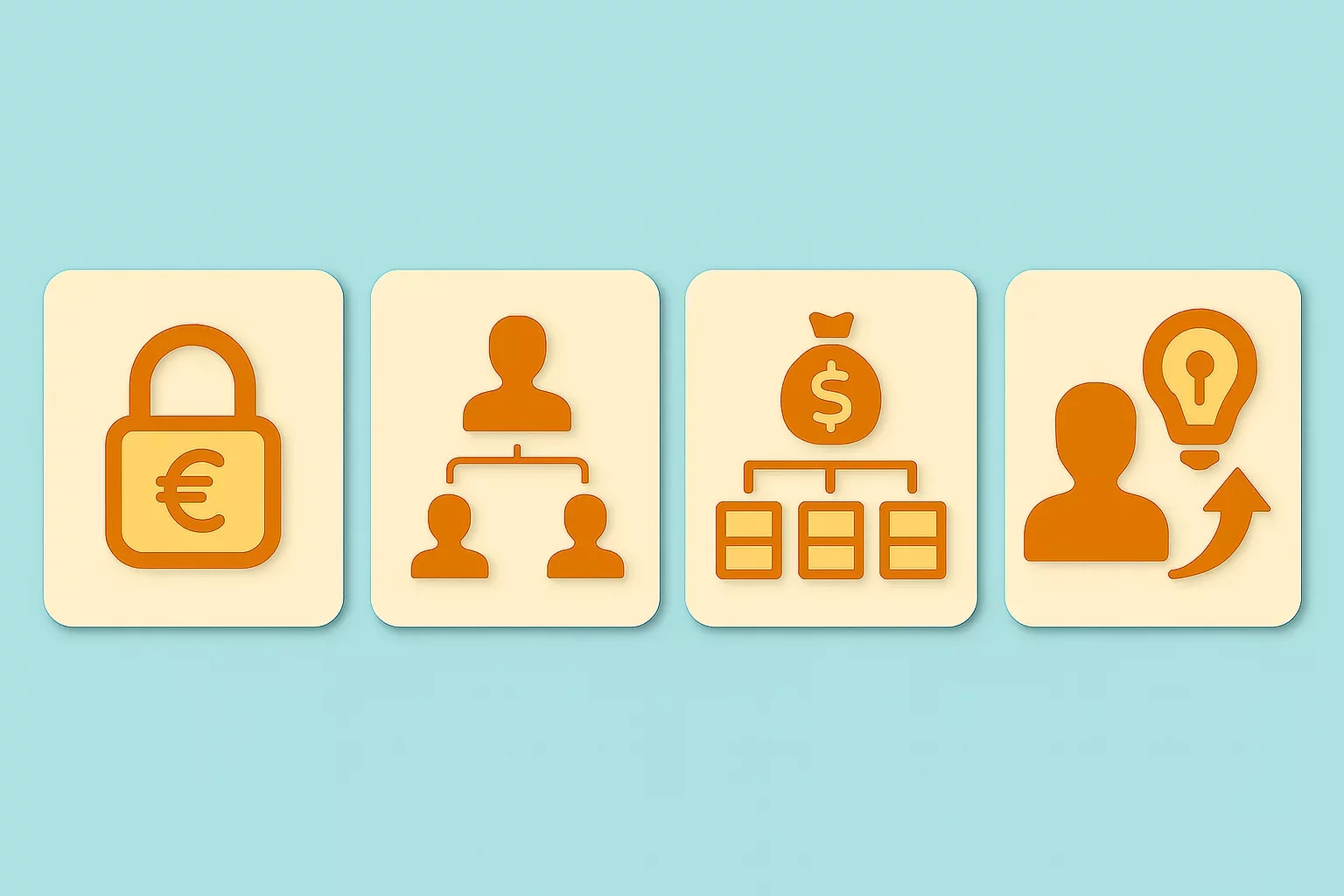
VAT Deduction and Business Succession: When Do Advisory Costs Serve the Company’s Interest?
🕝 December 8, 2025
Europe’s Plastic Fiscal Shift: Why Italy’s Plastic Tax Now Starts in 2027
🕝 December 3, 2025
The Decline of Low-Value Import Exemptions: Closing Gaps in Cross-Border E-Commerce
🕝 November 20, 2025More News from Europe
Get real-time updates and developments from around the world, keeping you informed and prepared.
-e9lcpxl5nq.webp)



-webajrr4ny.webp)
-evibmwdwcn.webp)
-7acdre0hop.webp)
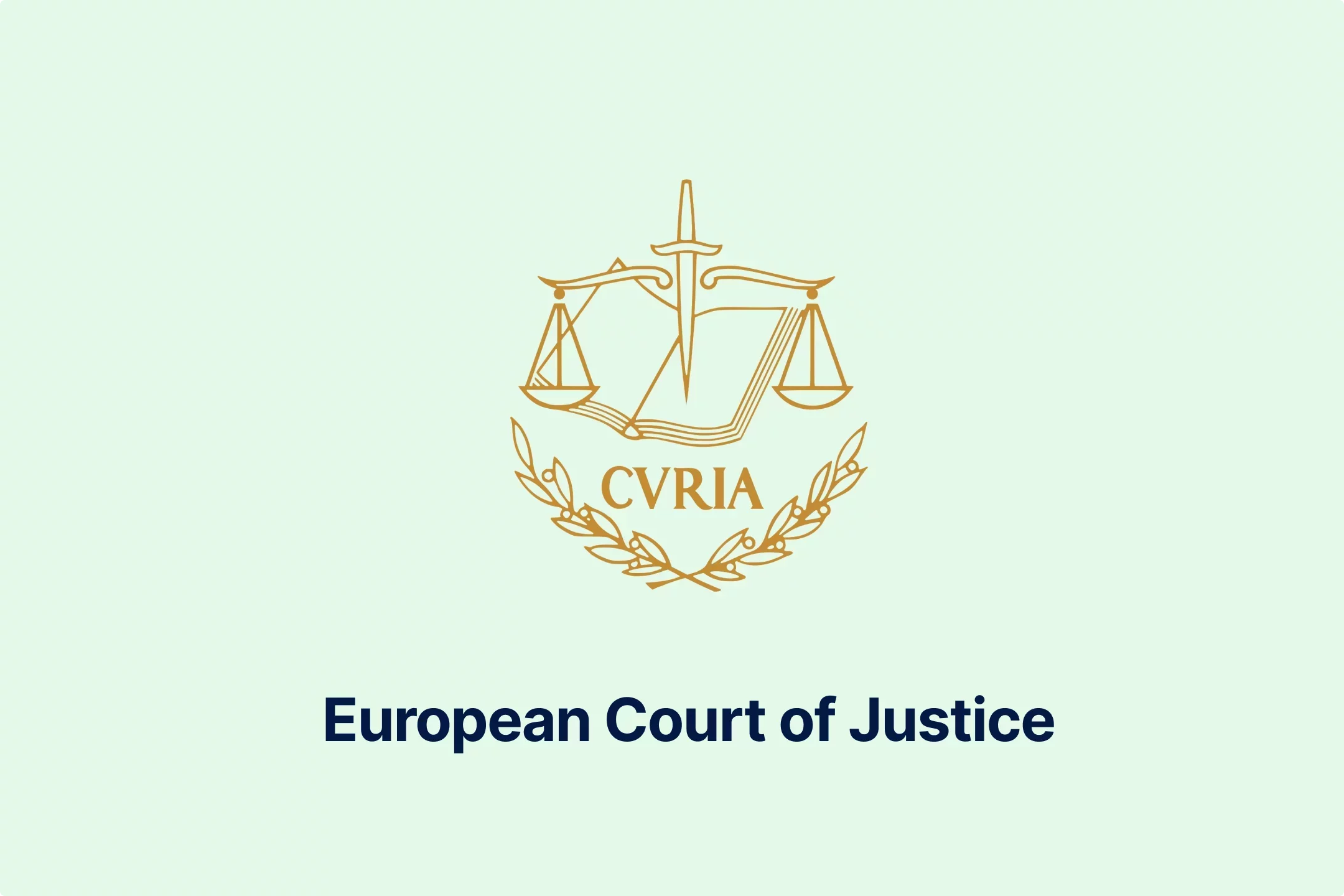
-lcgcyghaer.webp)
-ol6mdkdowg.webp)
-aqdwtmzhkd.webp)

-njgdvdxe2u.webp)
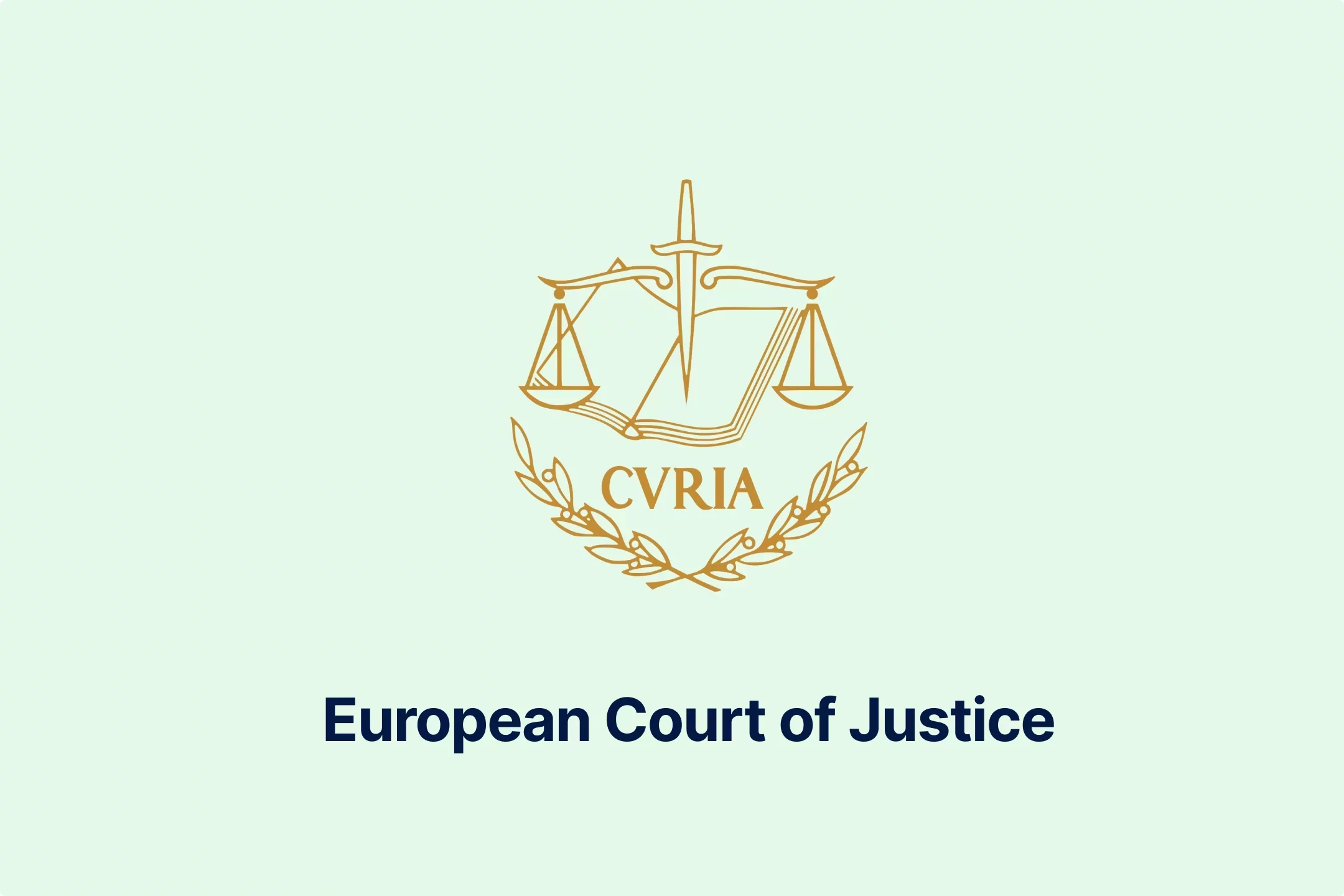
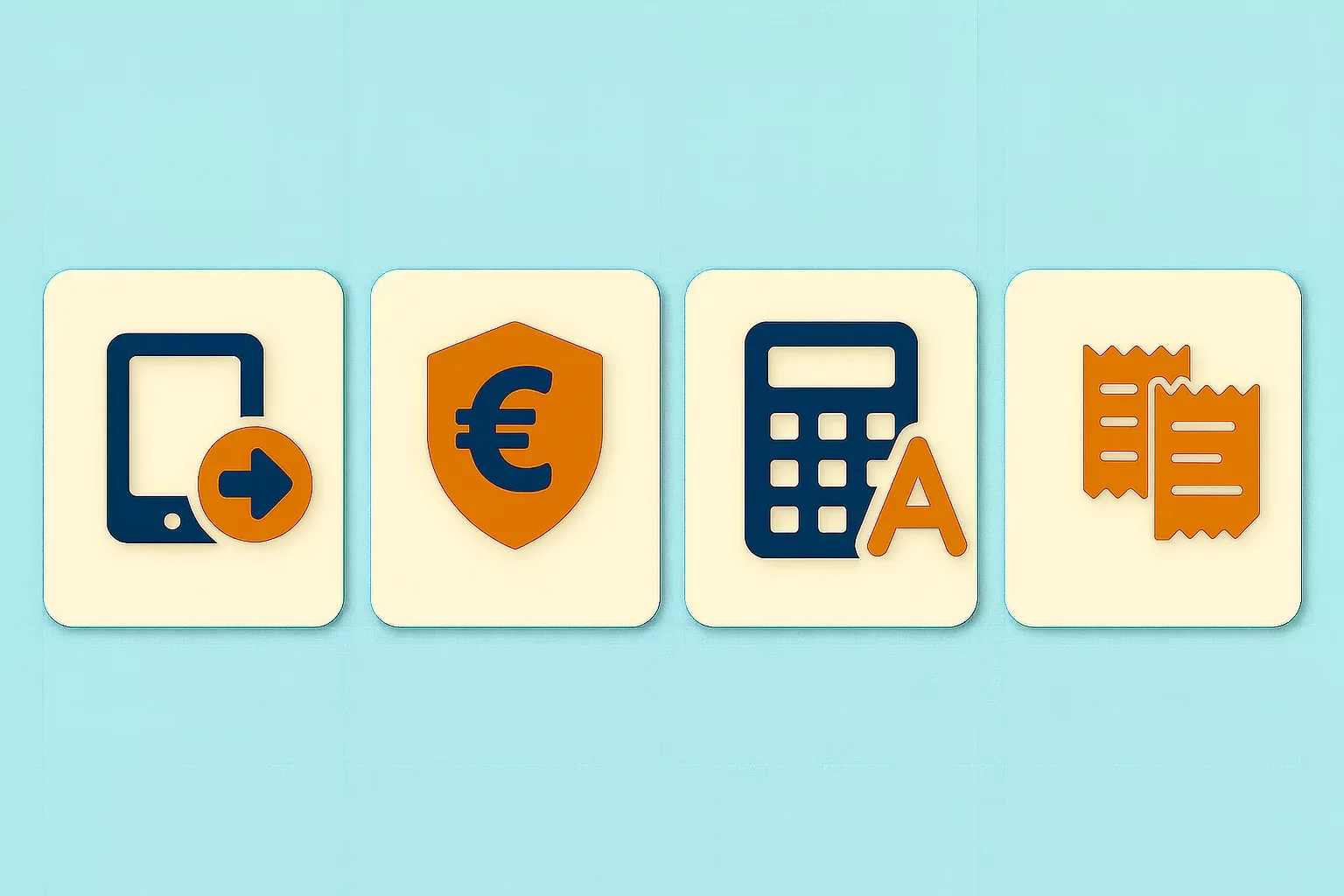

-i6rki3jbad.webp)
-hdwgtama05.webp)
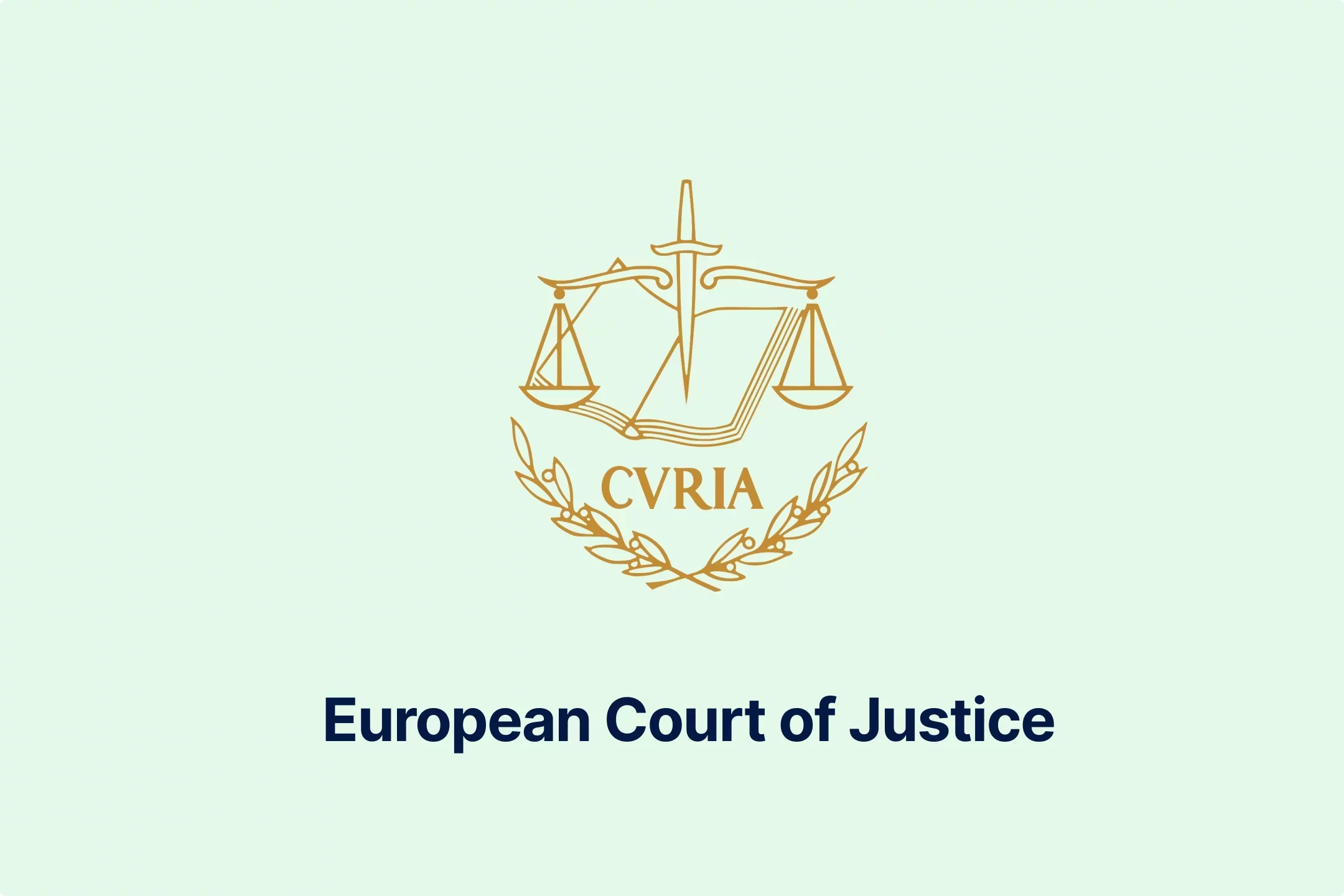
-atbhy5fyxv.webp)
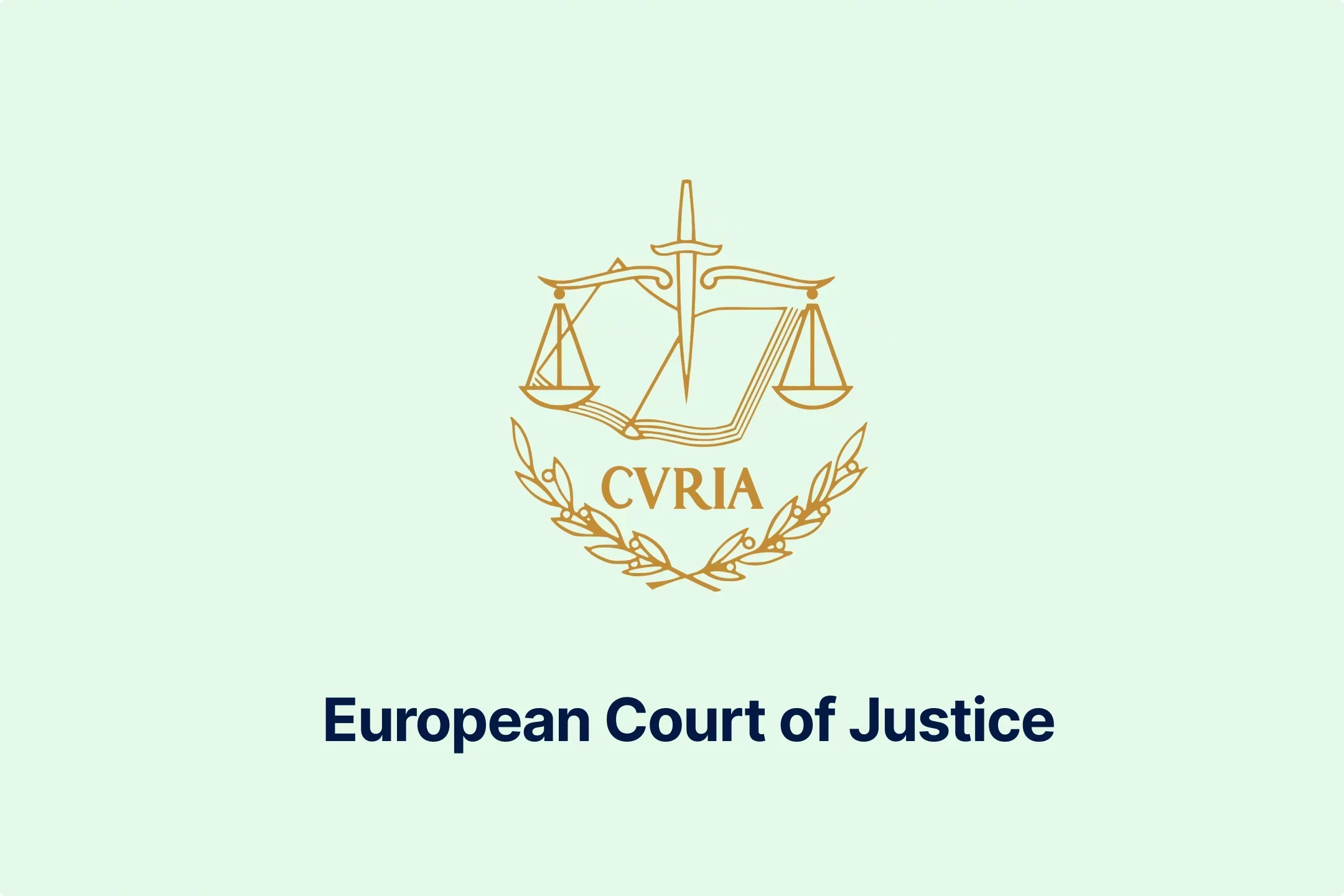
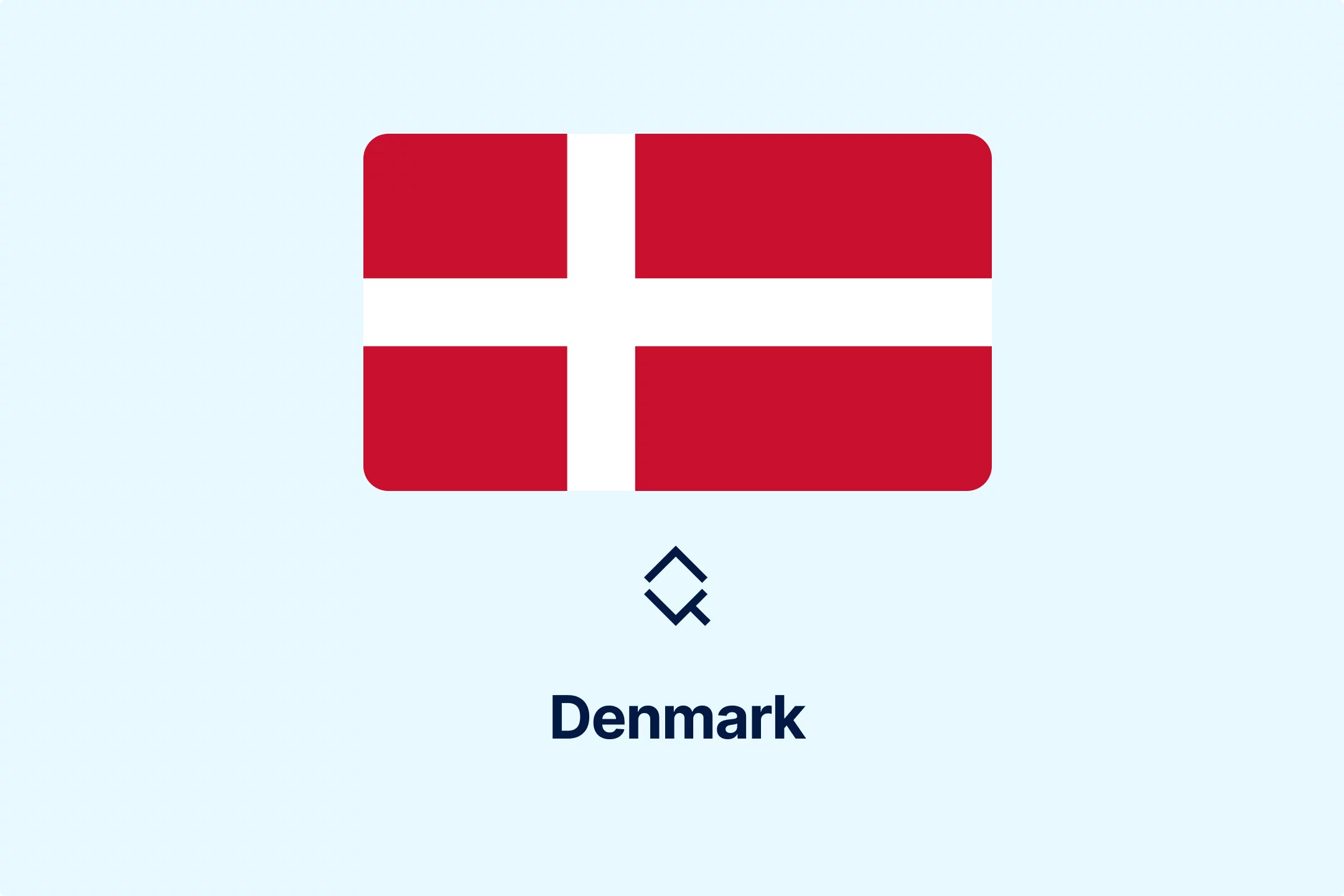


-zp2n6zixoa.webp)
-oa1ynbm4sn.webp)
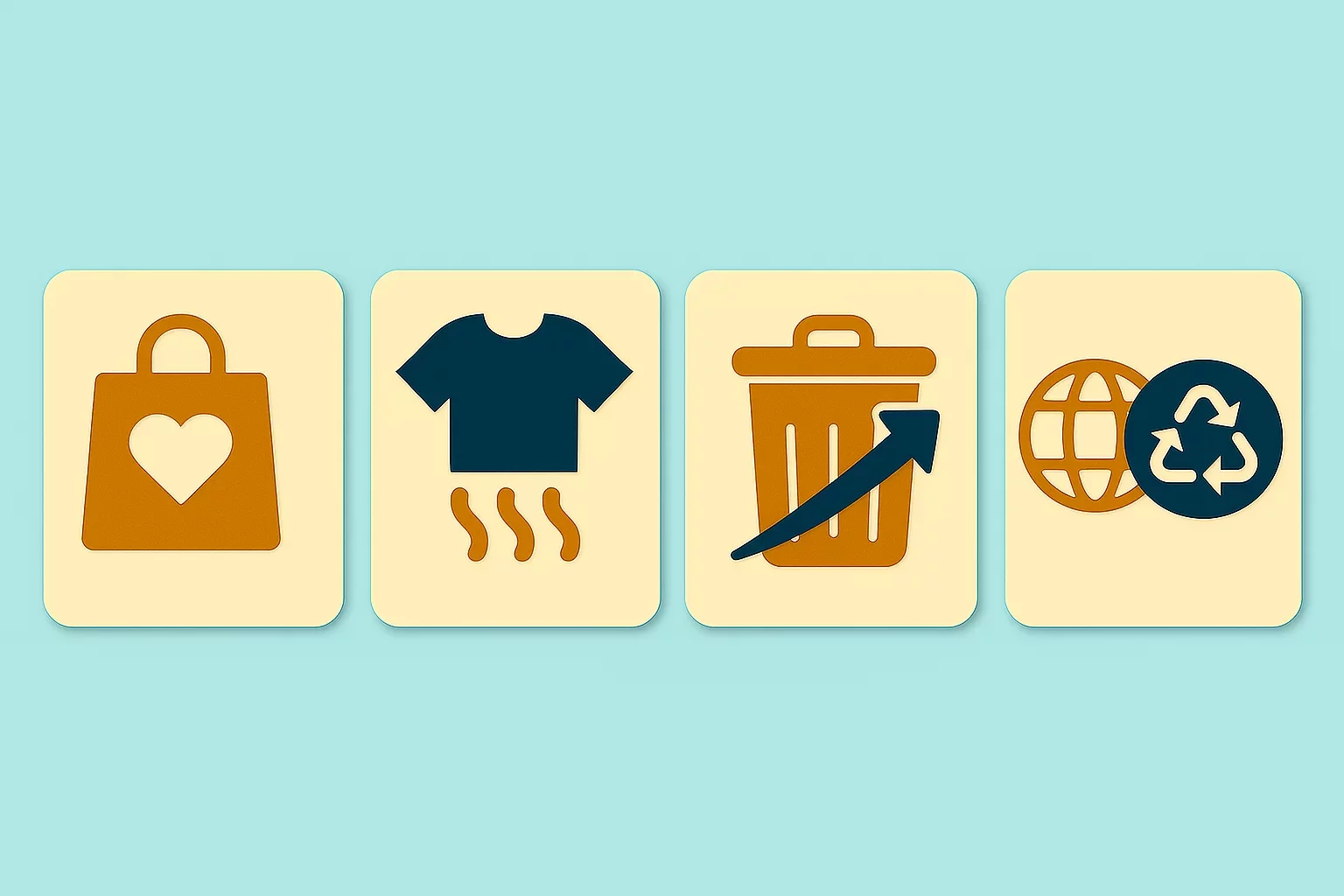
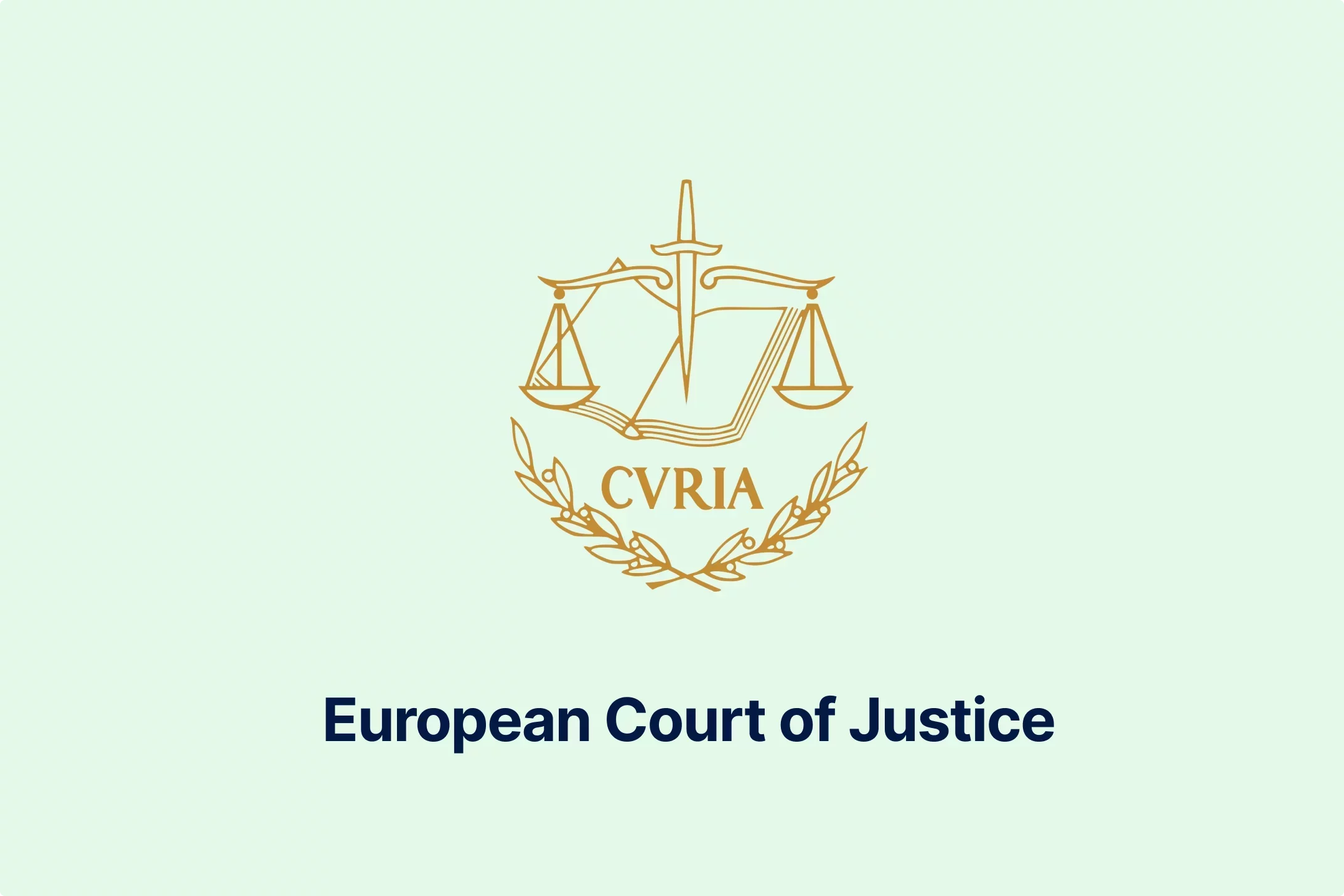
-lltkno6txy.webp)



-do38odrqnq.webp)

-t409oldqzt.webp)
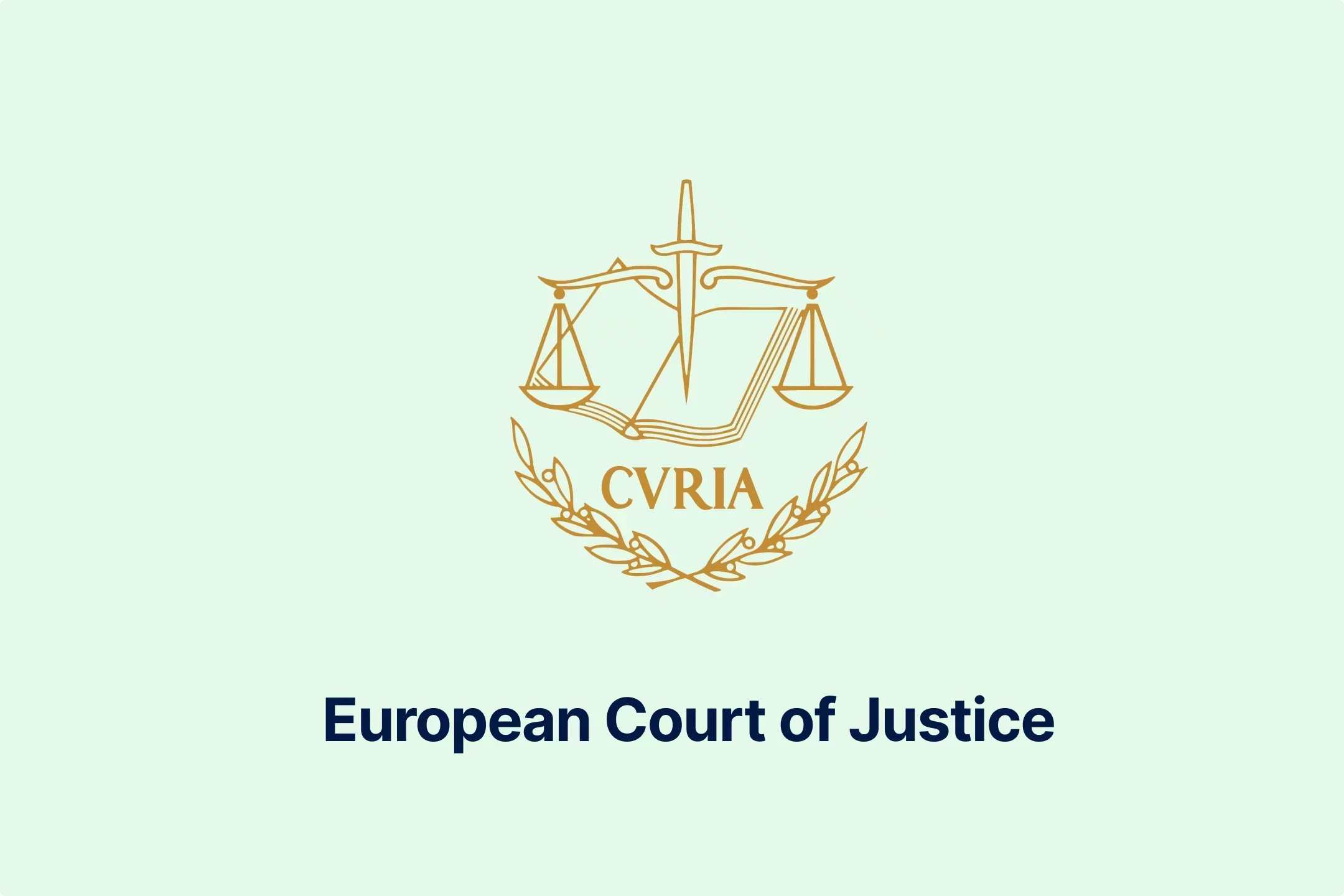
-hordopb6xh.webp)
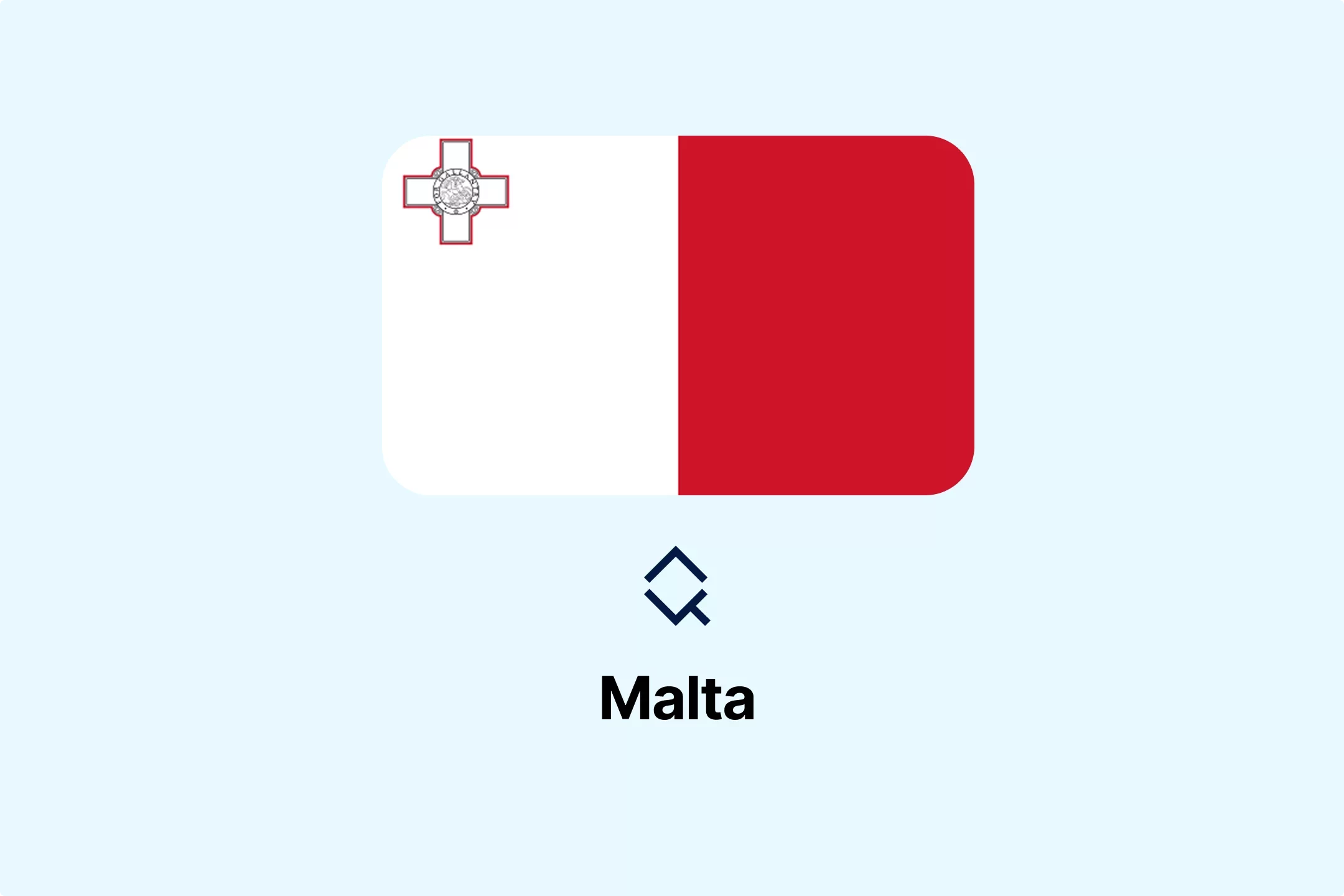
-ooimnrbete.webp)
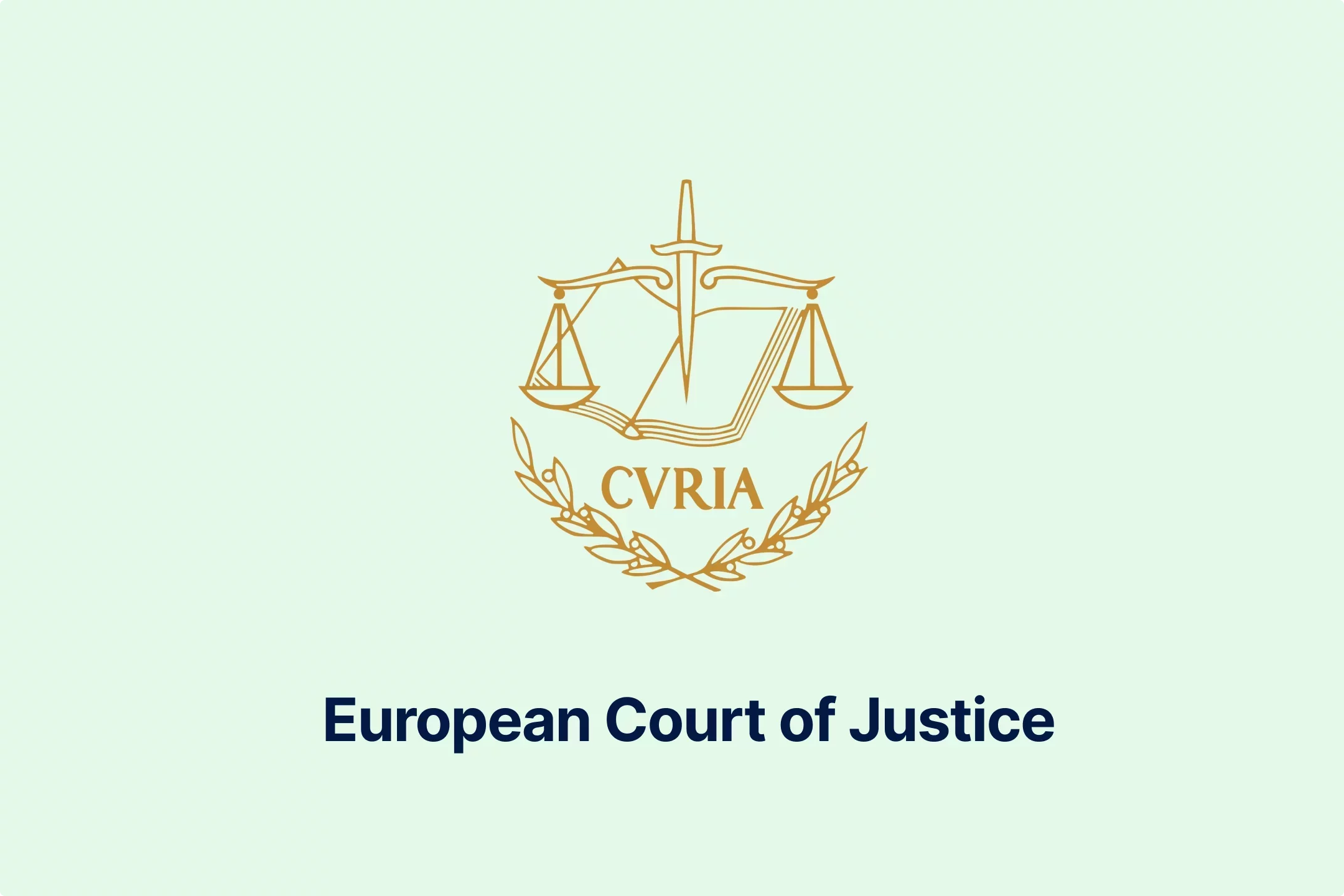
-lwb5qpsily.webp)
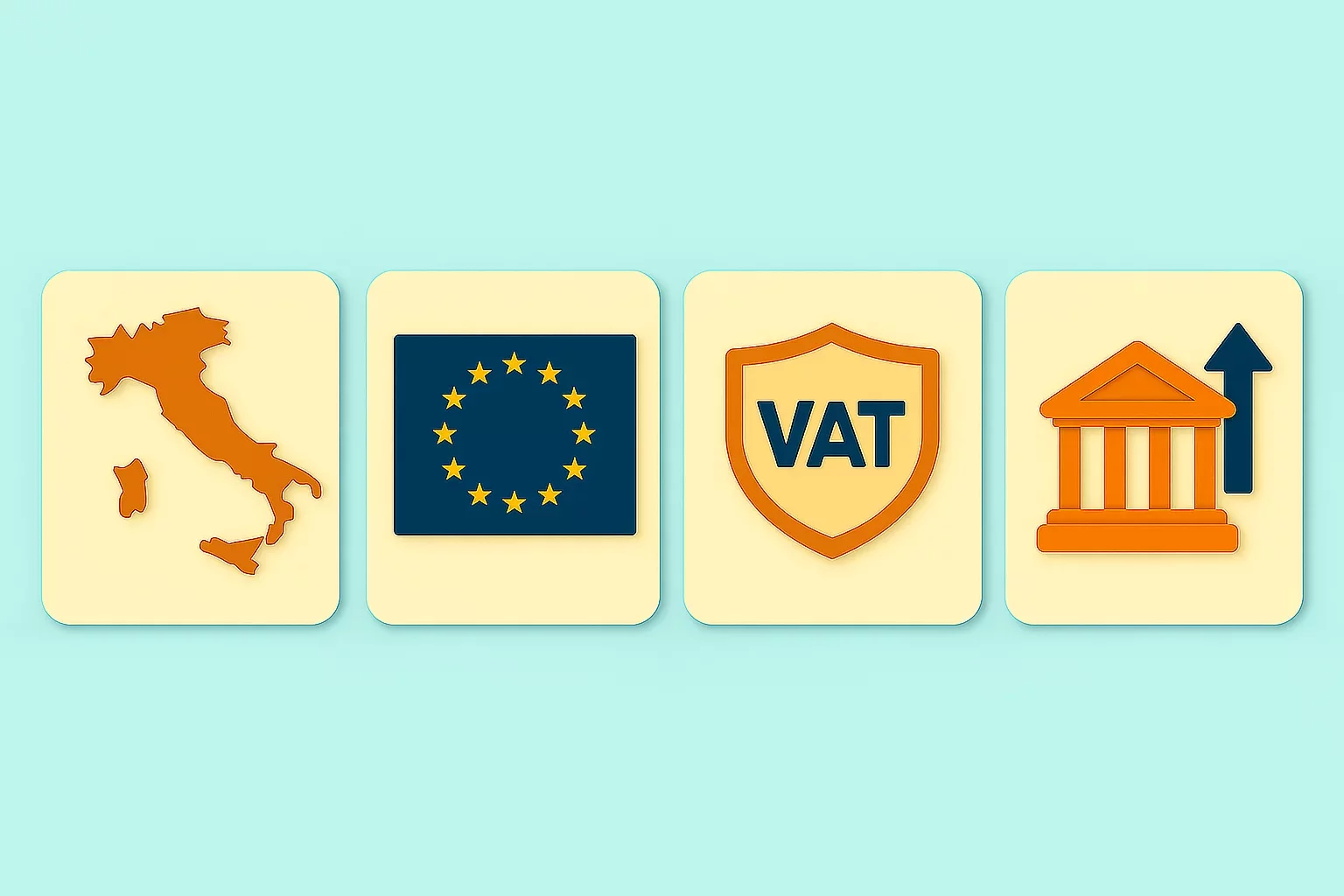
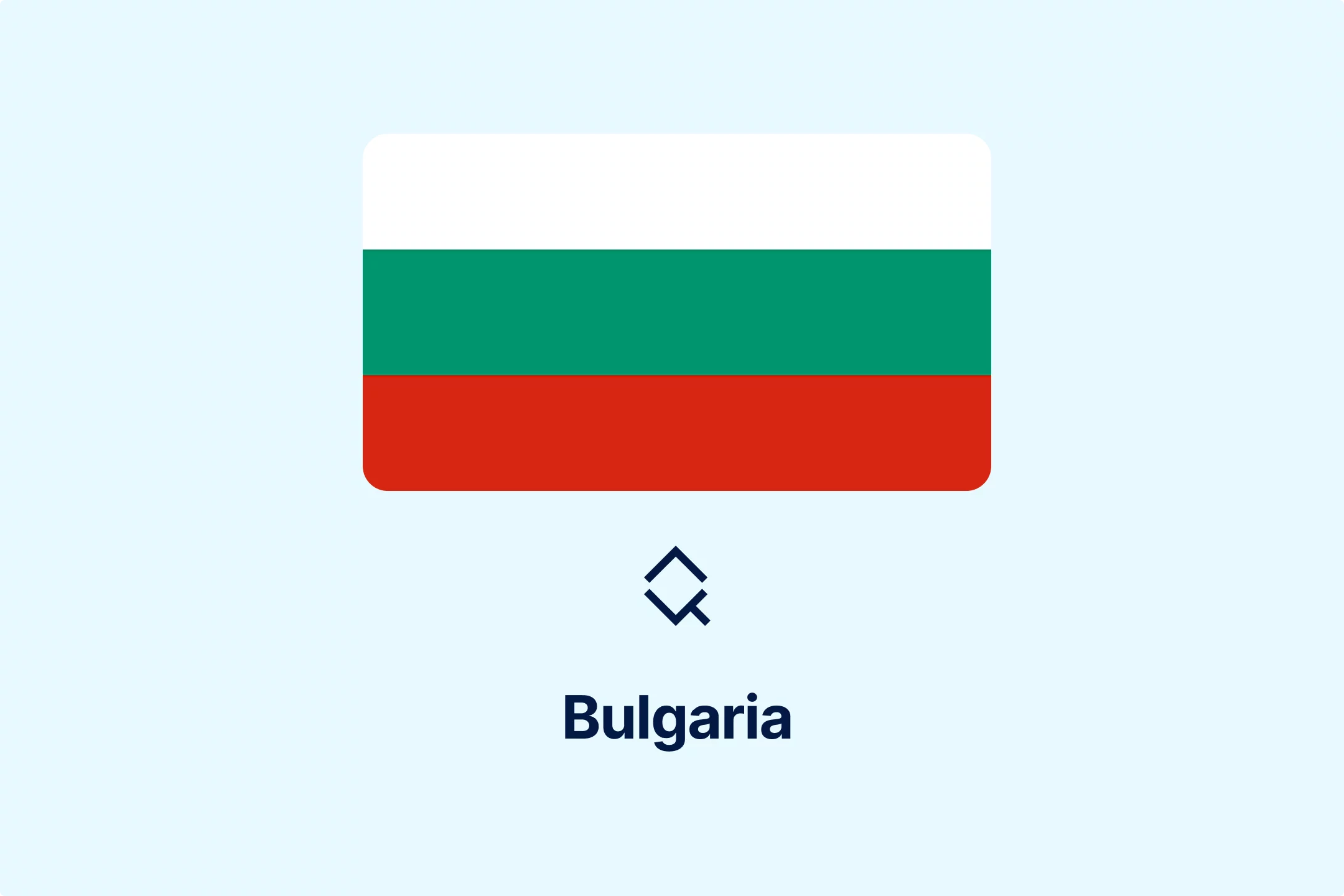
-eumafizrhm.webp)
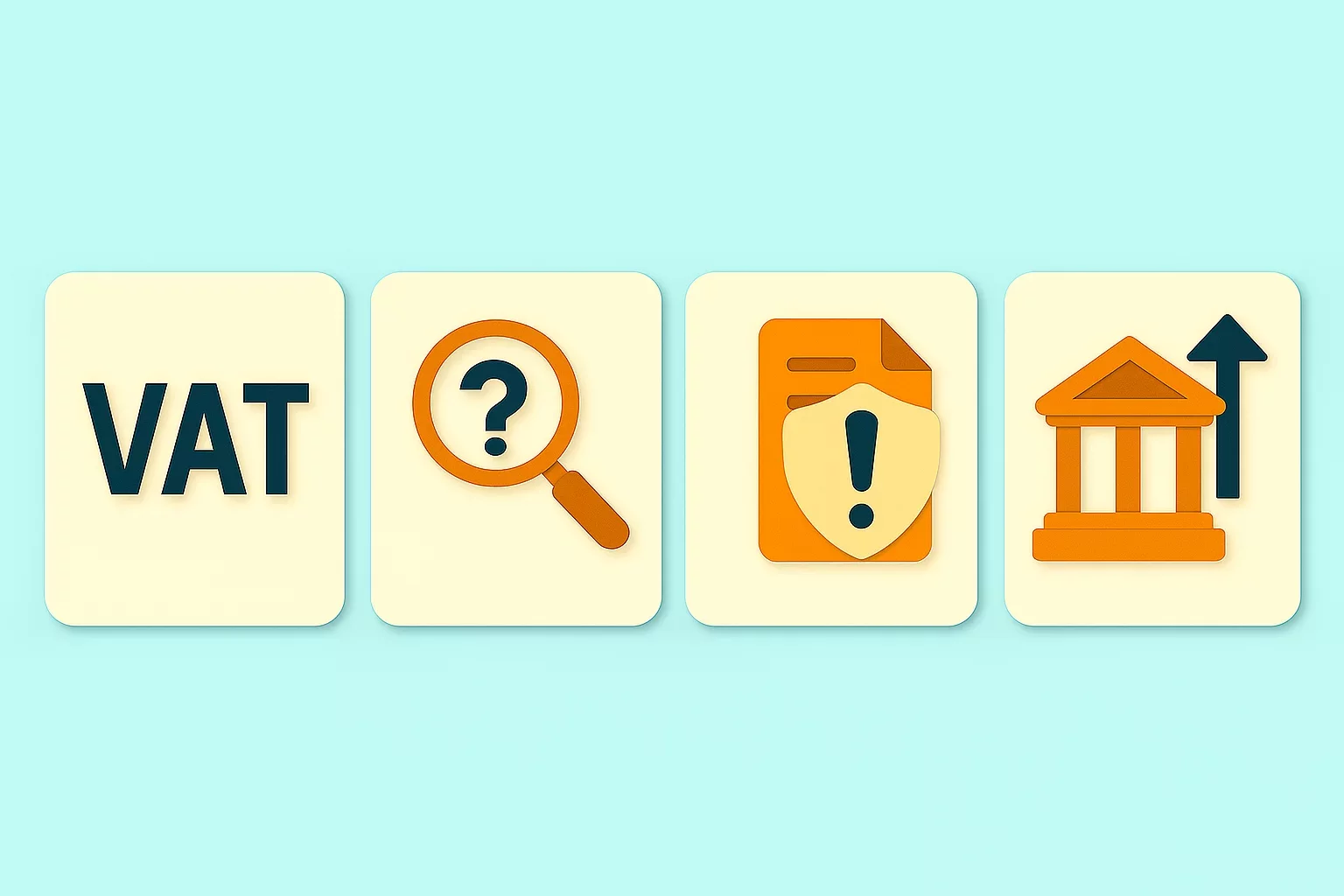
-mtqp3va9gb.webp)

-3ewrn1yvfa.webp)
-591j35flz2.webp)
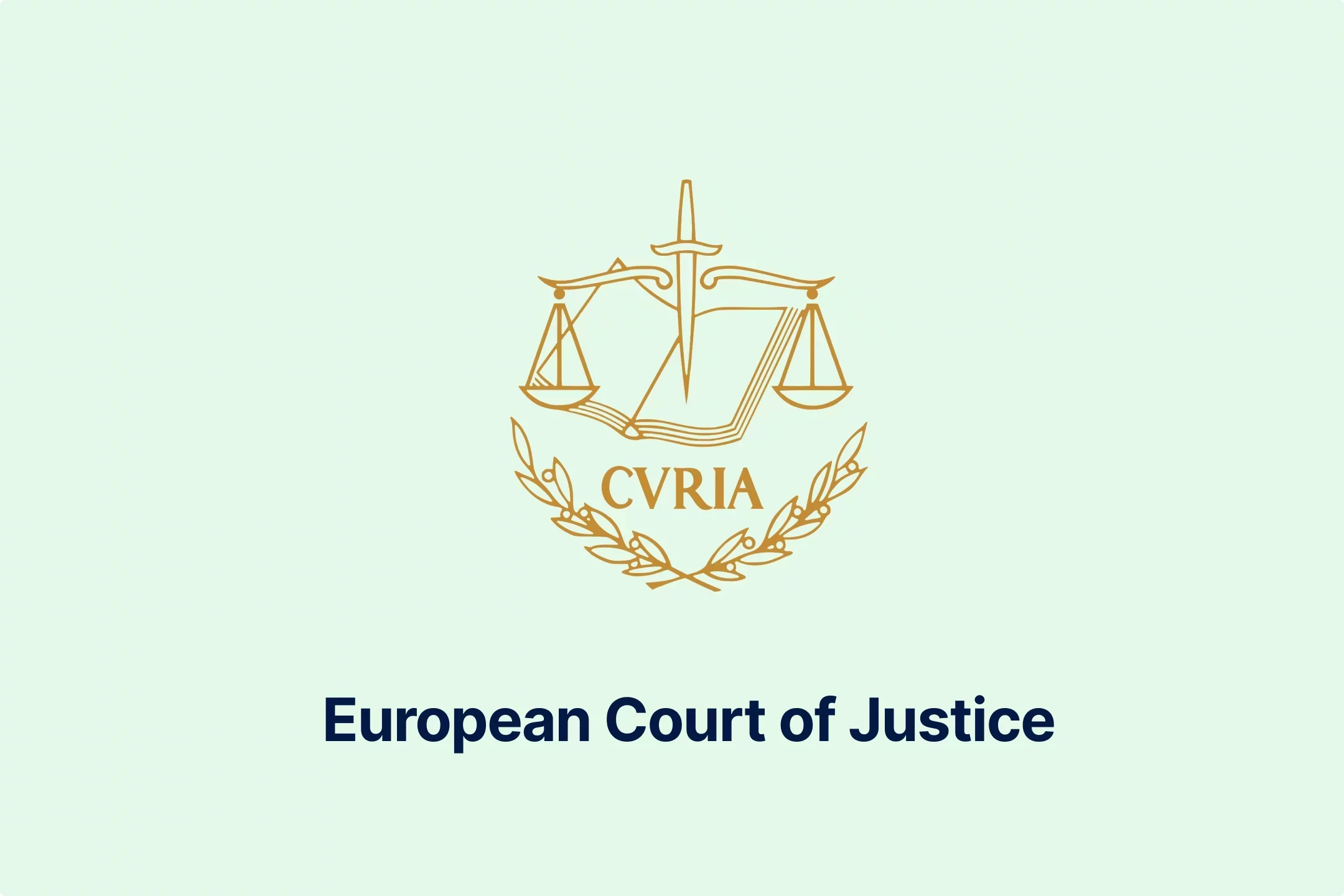
-huj3cam1de.webp)

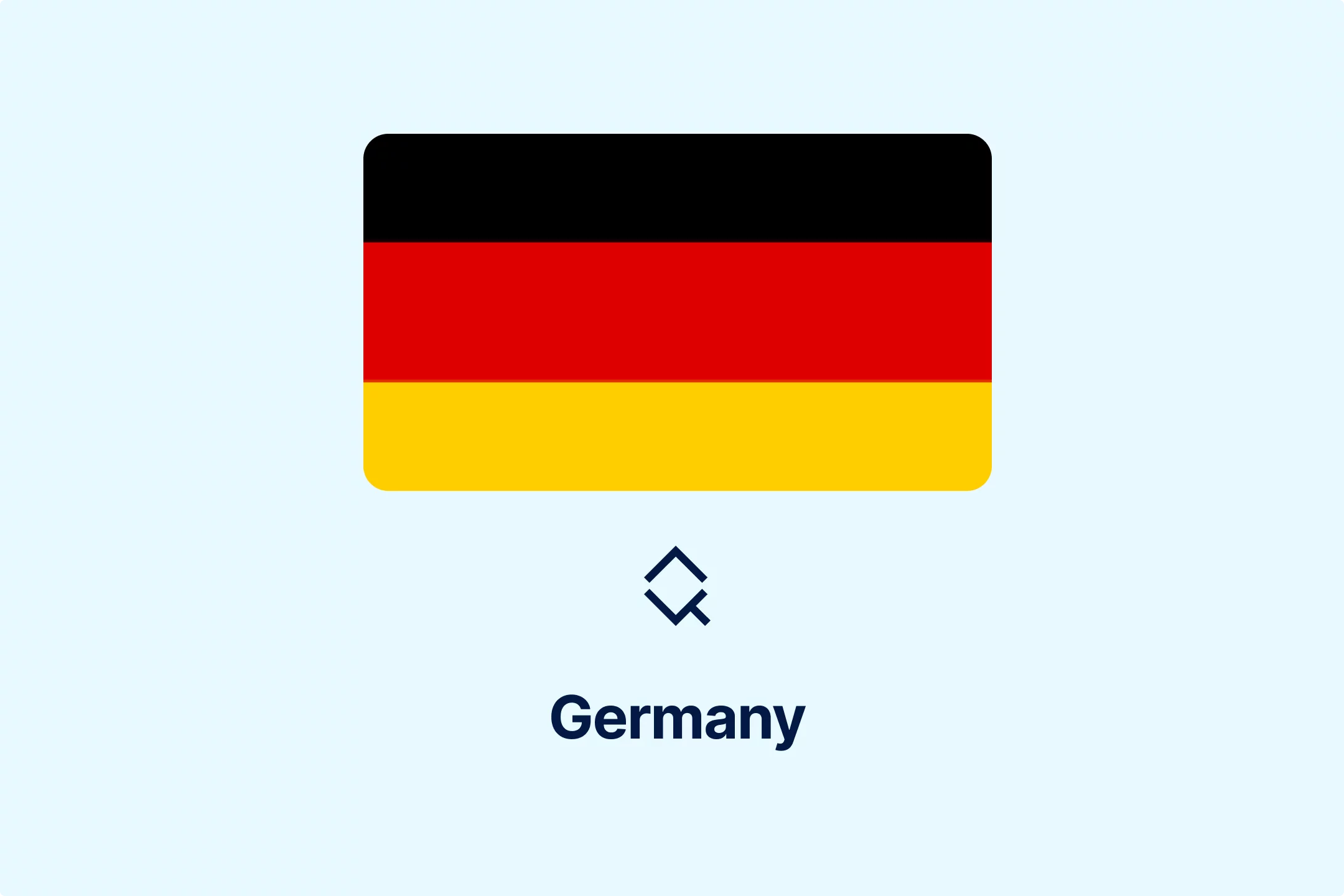
-hafis0ii23.webp)
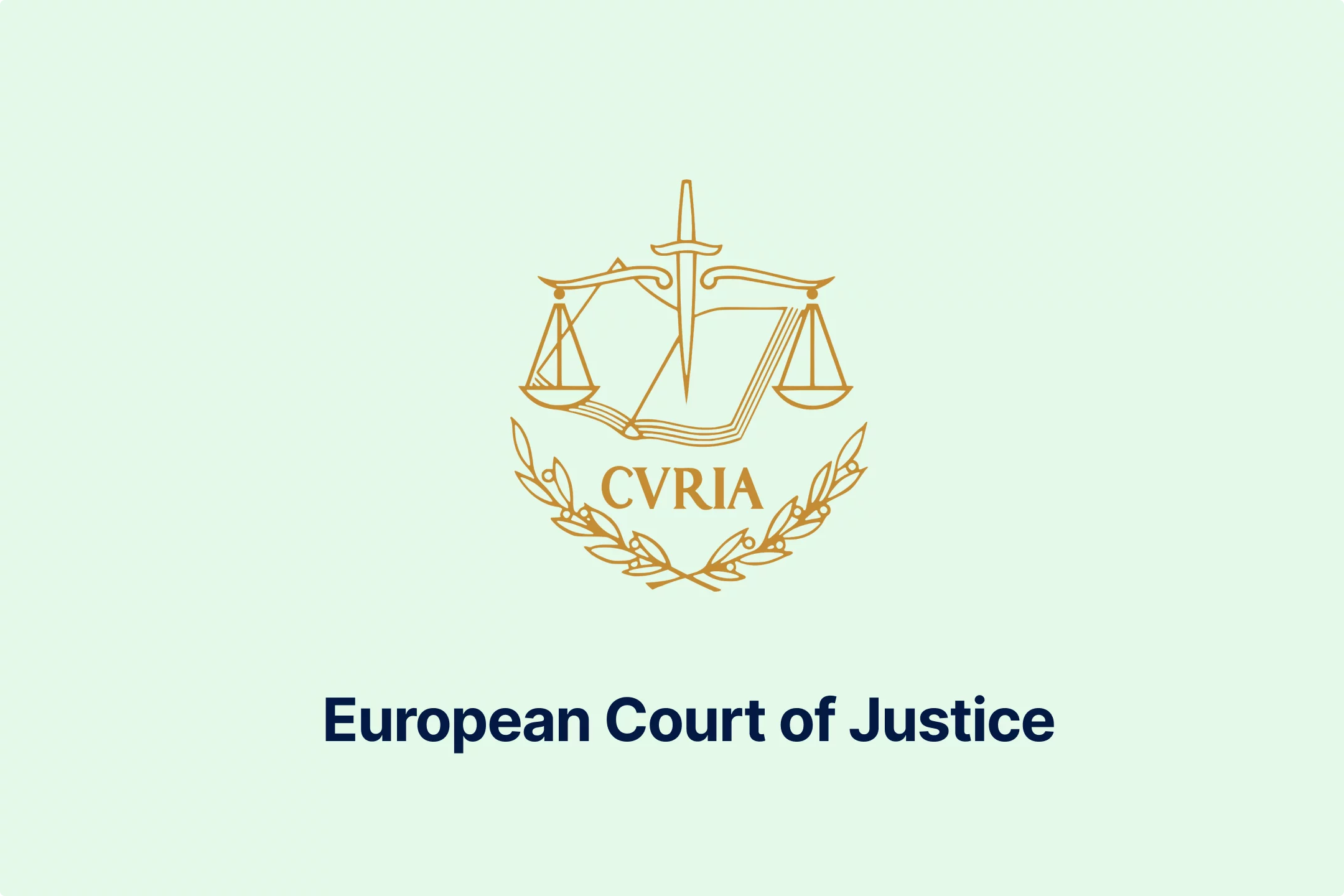
-qseaw5zmcy.webp)
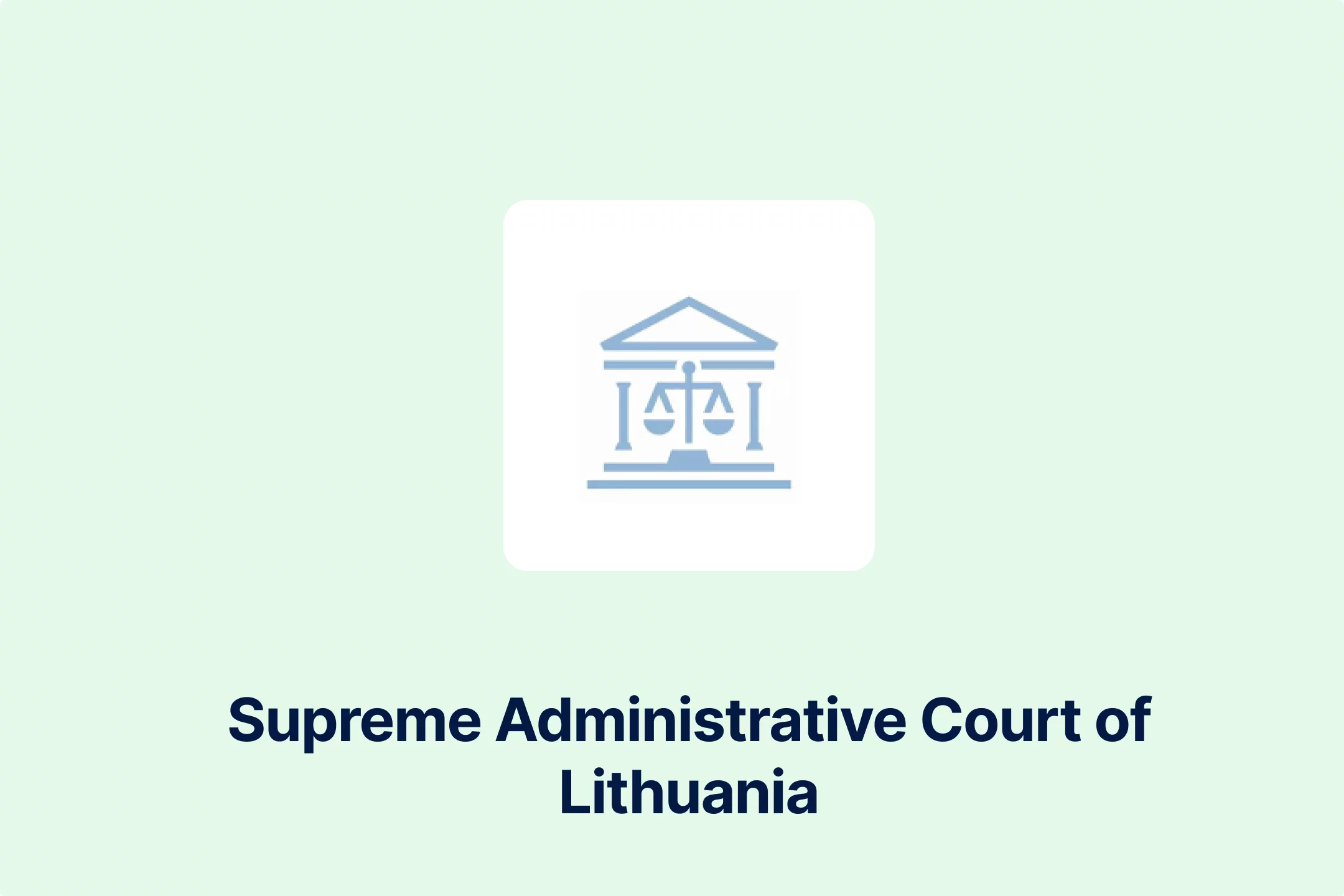
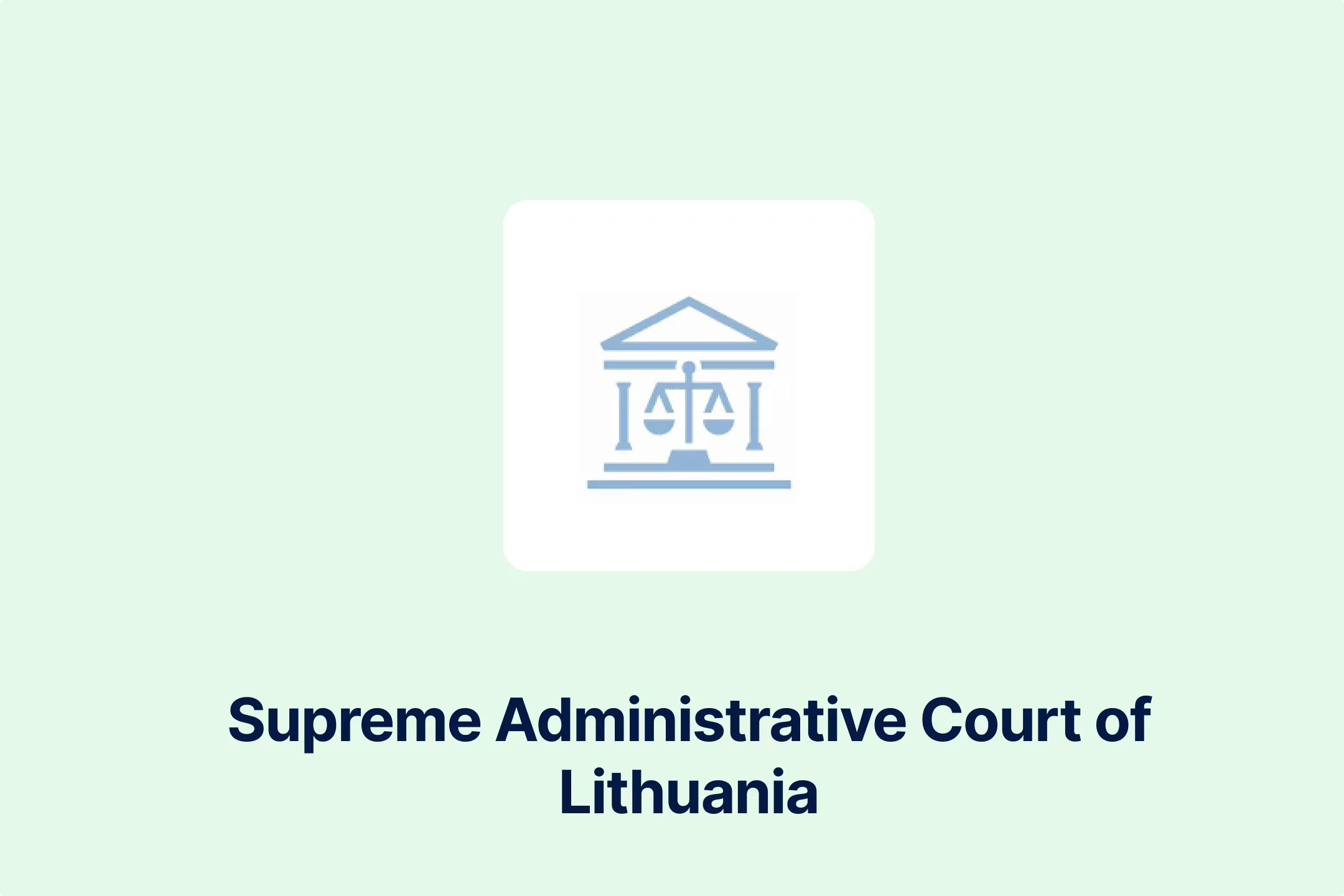

-qzsah2ifqx.webp)
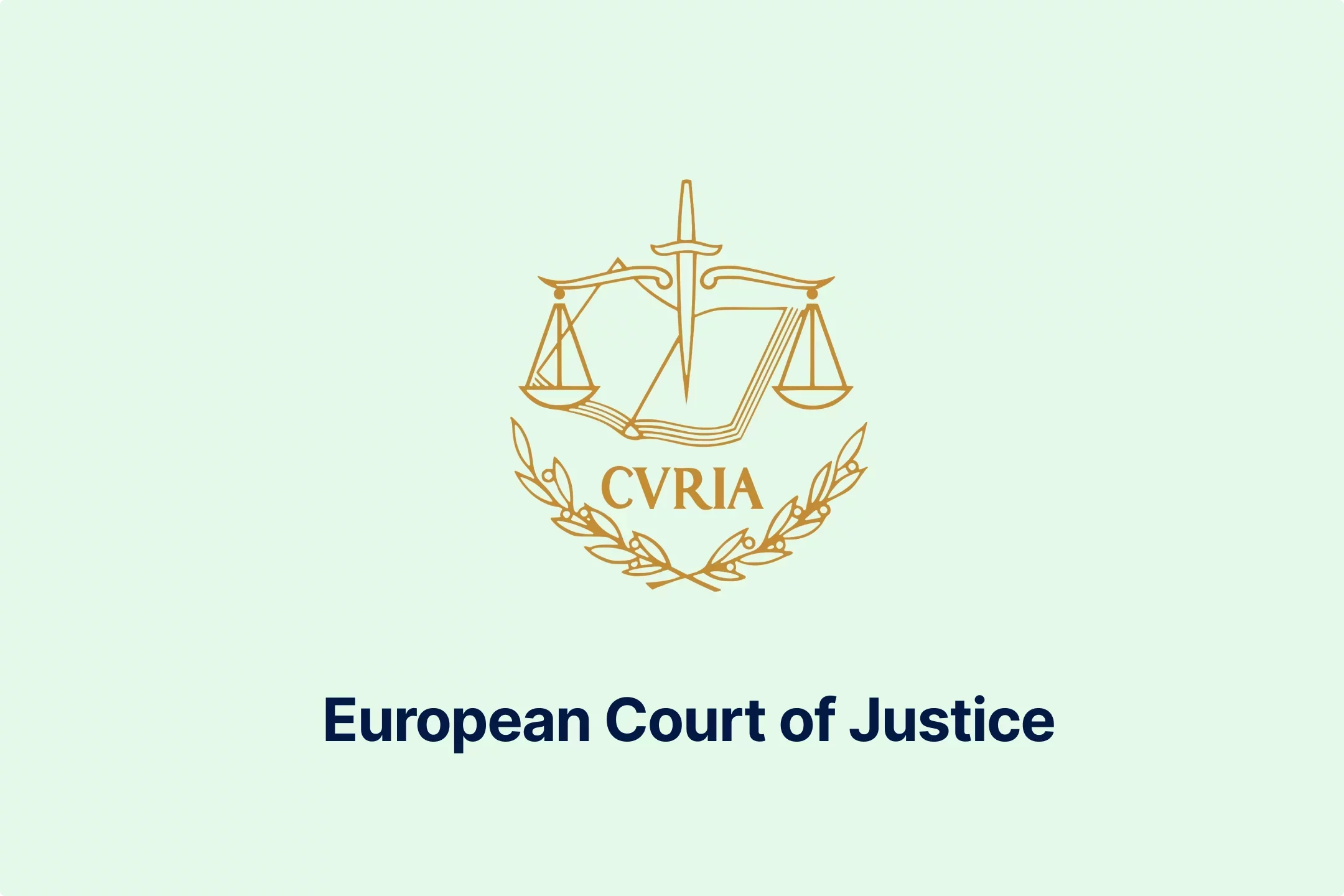

-69rzooghib.webp)
-wrvng98m0g.webp)
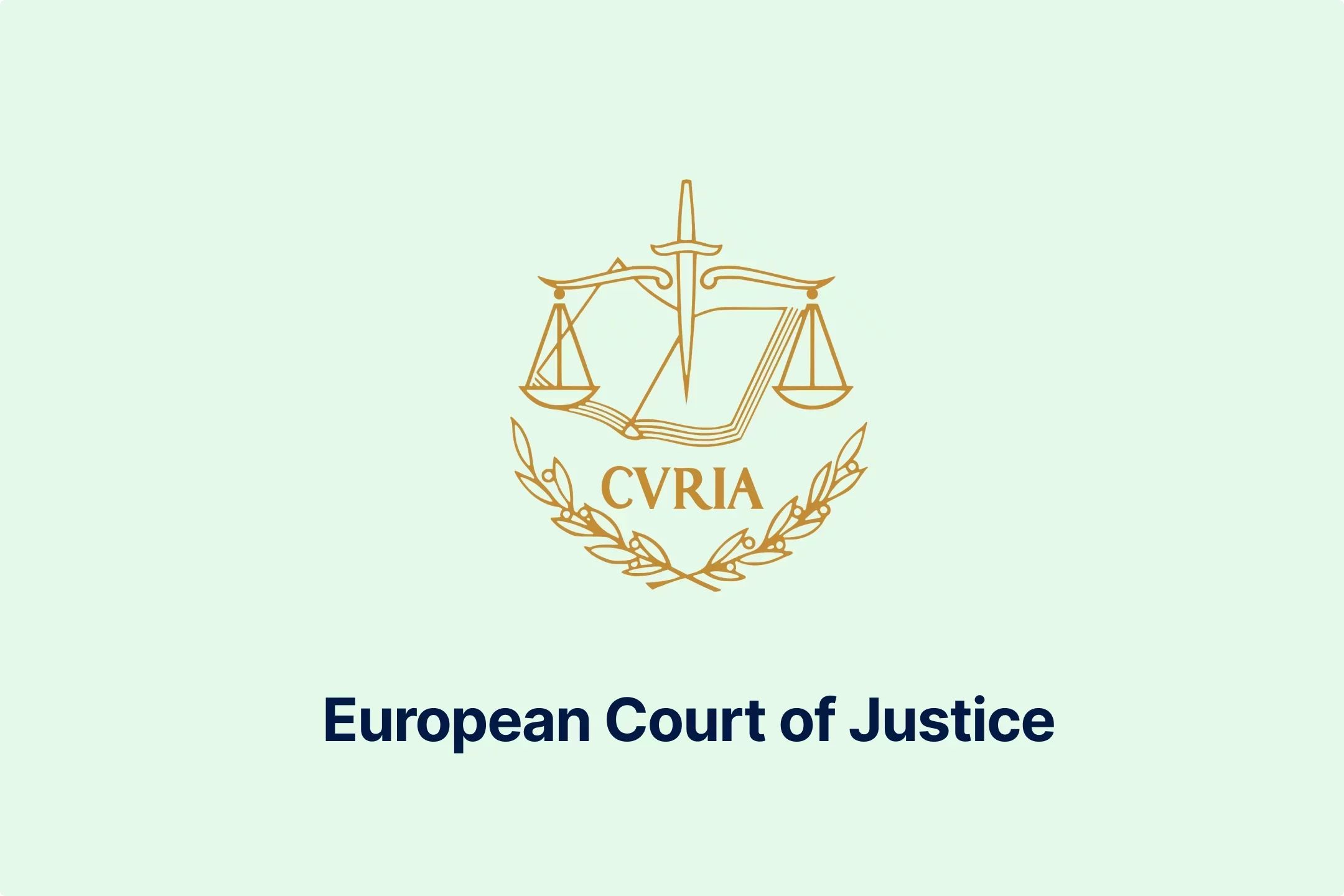

-psucycuxh2.webp)
-klyo8bn5lc.webp)

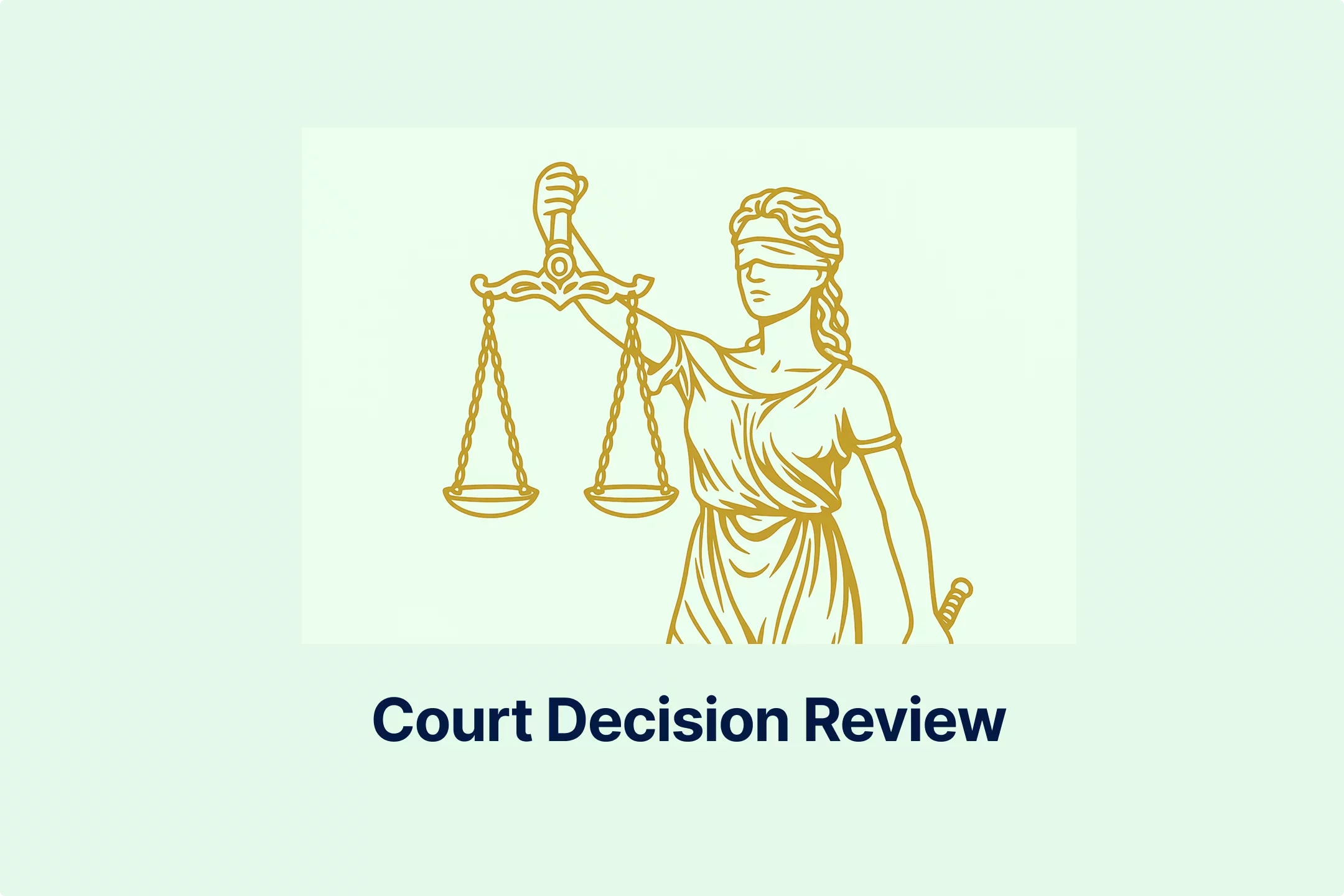


-6wv5h5eyyd.webp)
-tfgg78rbid.webp)
-a6jpv9ny8v.webp)
-qhdbapy0qr.webp)
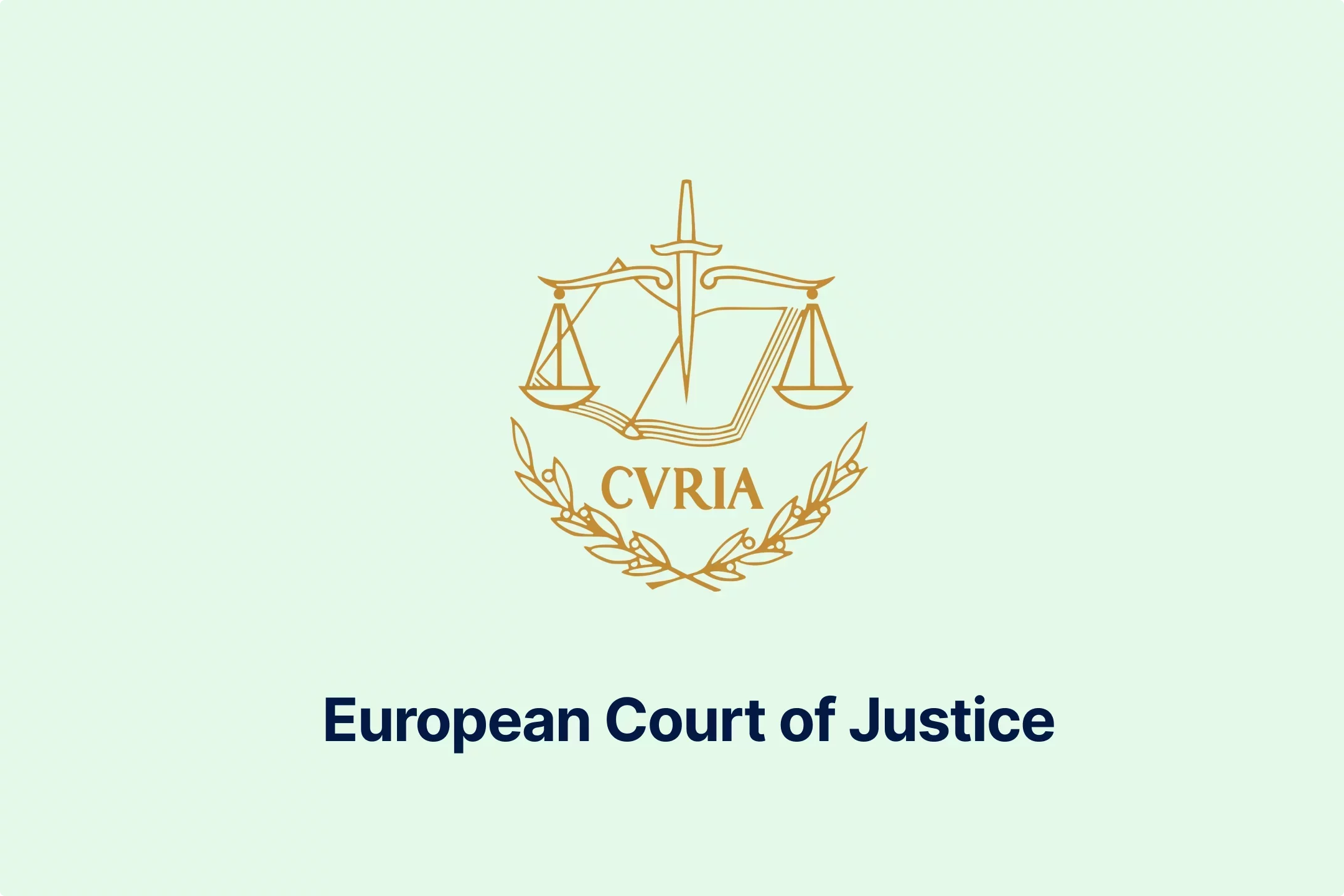
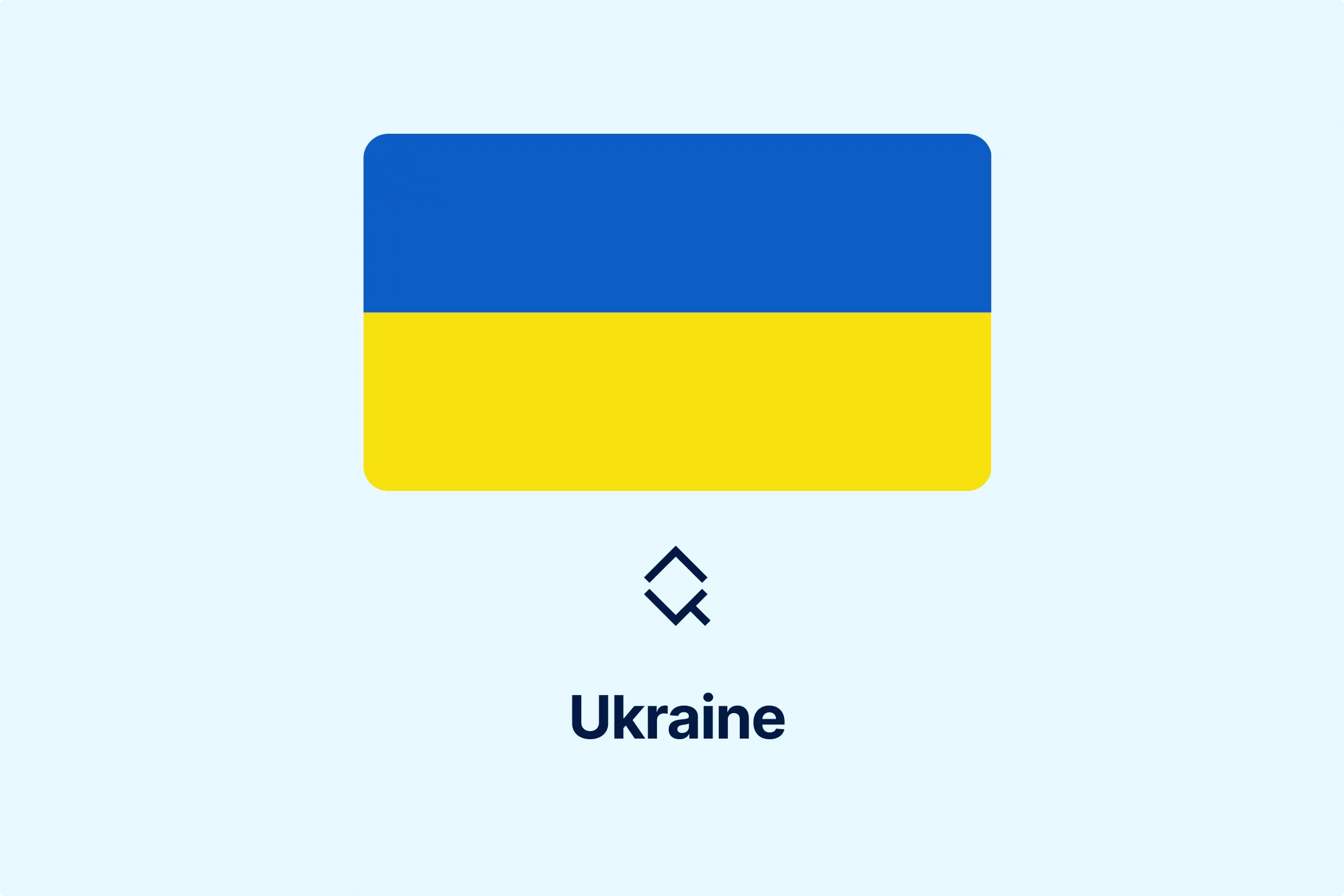
-owvu7zoc13.webp)
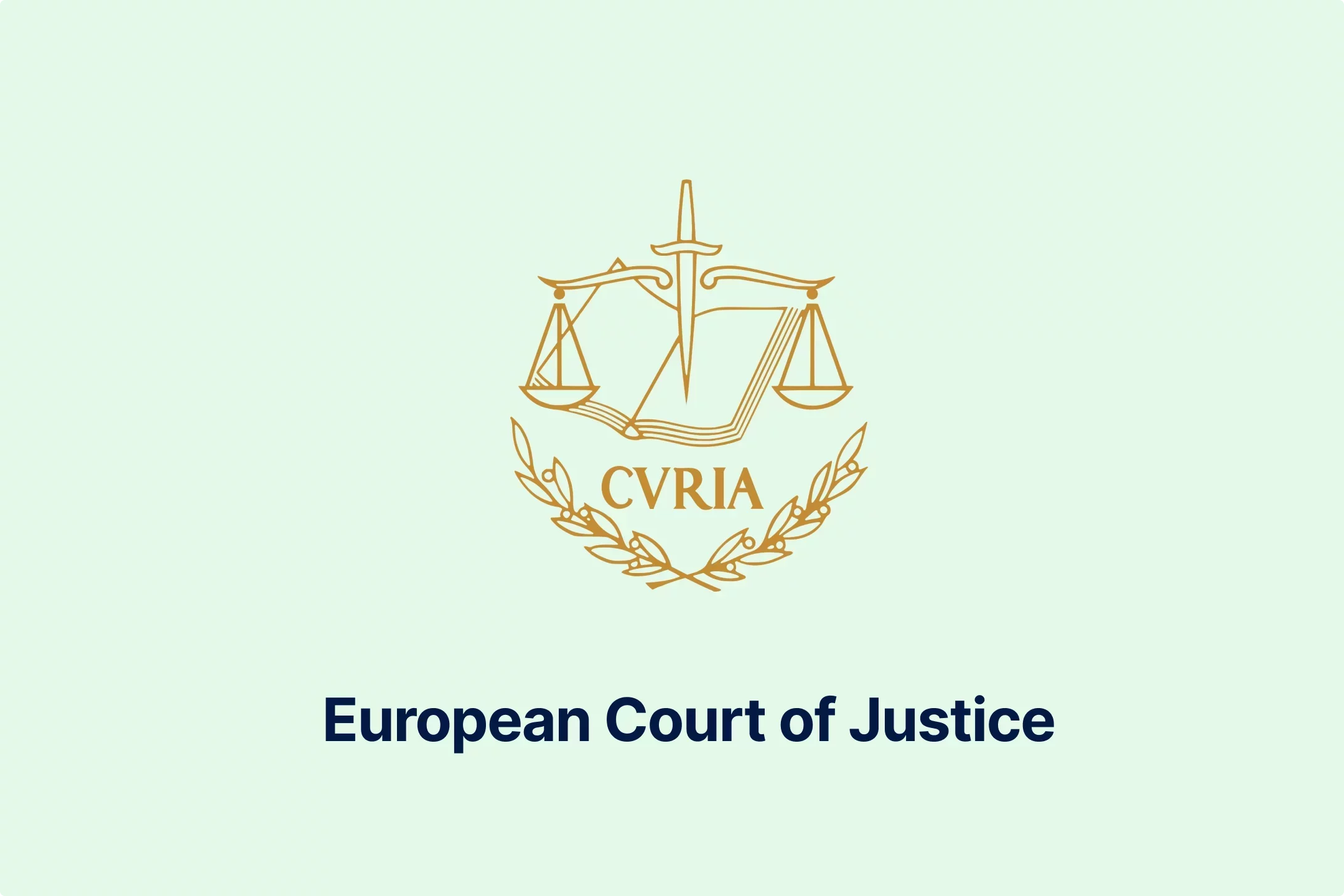

-h28jrh1ukm.webp)
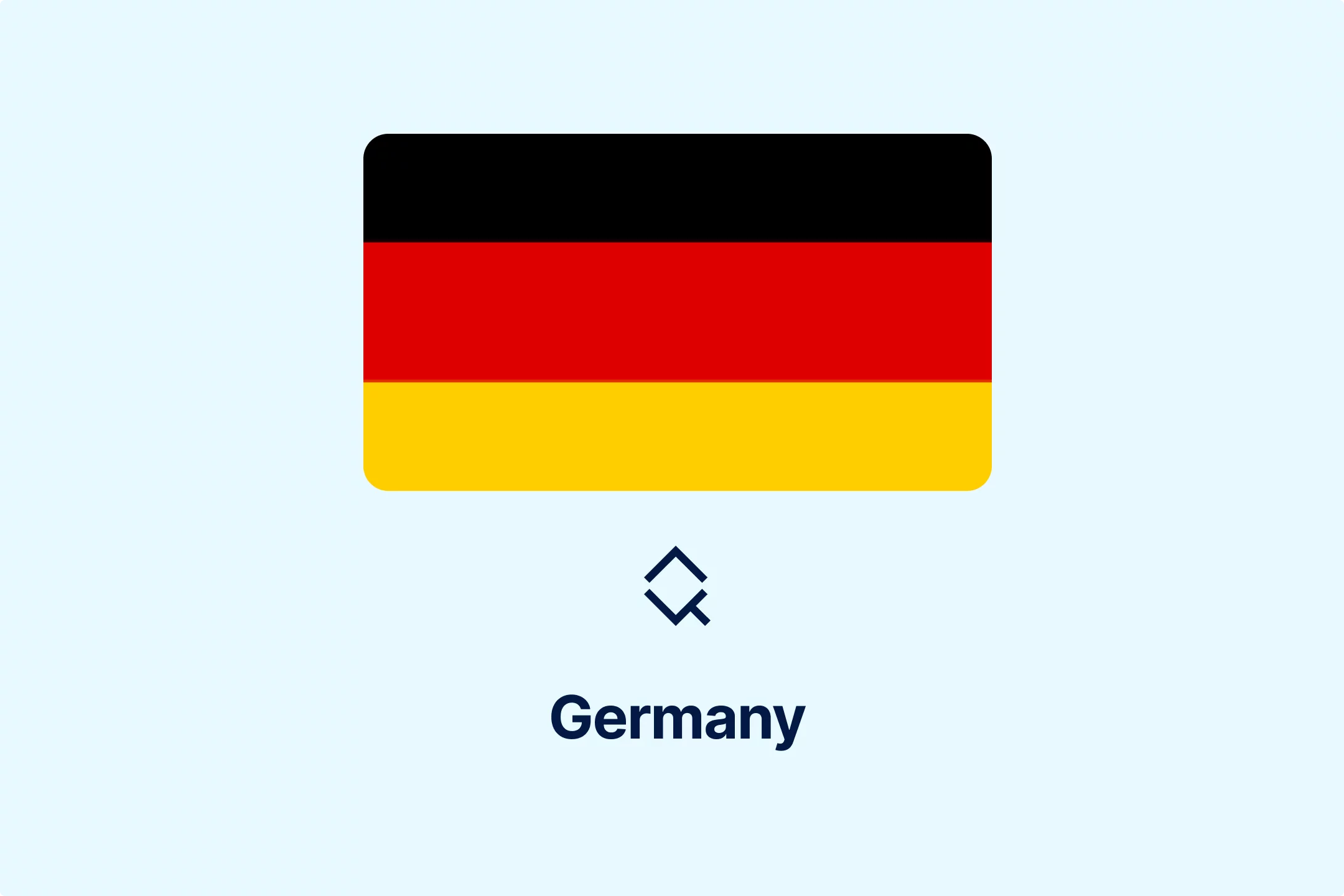
-wl9bl1rw3a.webp)
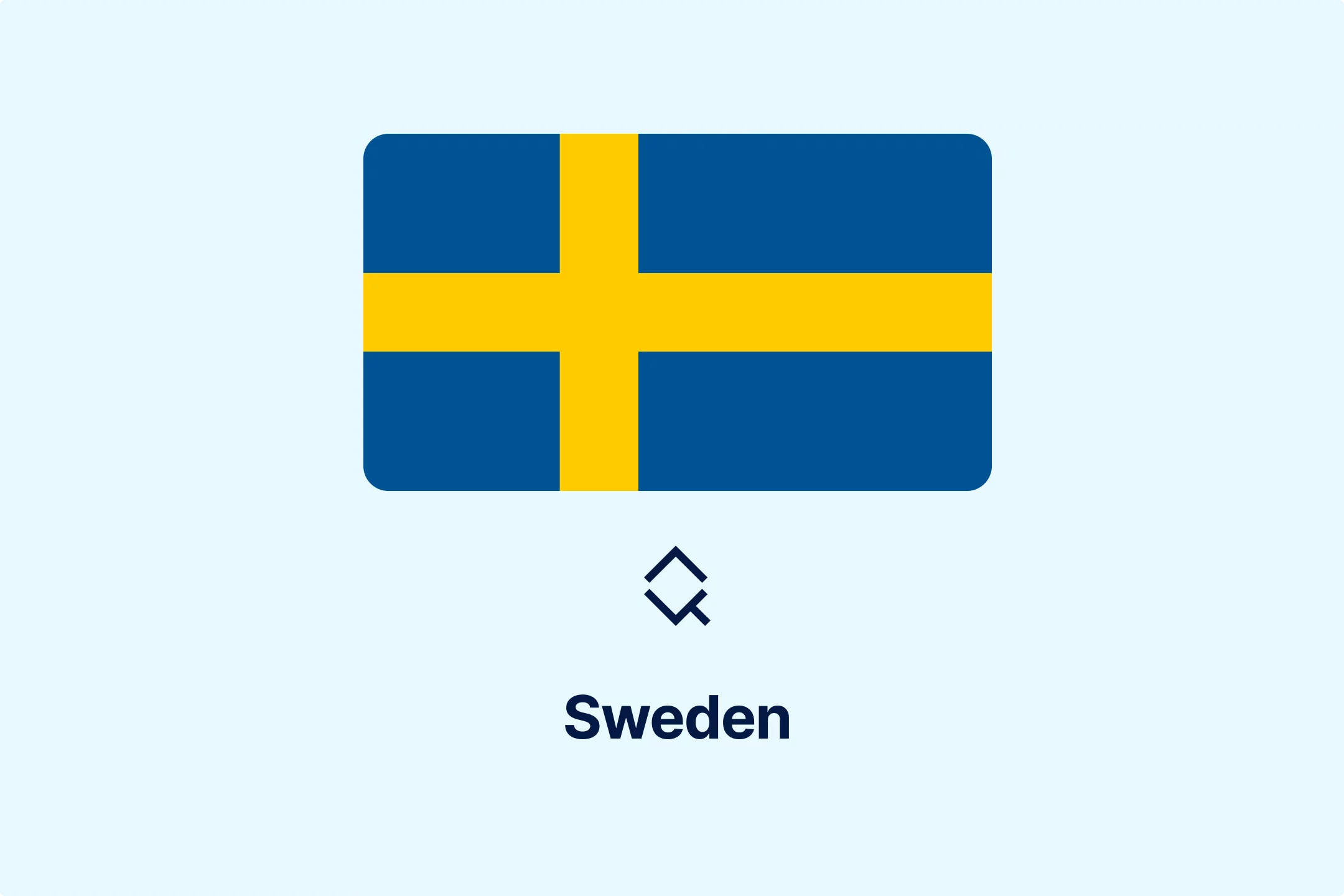
-2w76jtvtuk.webp)
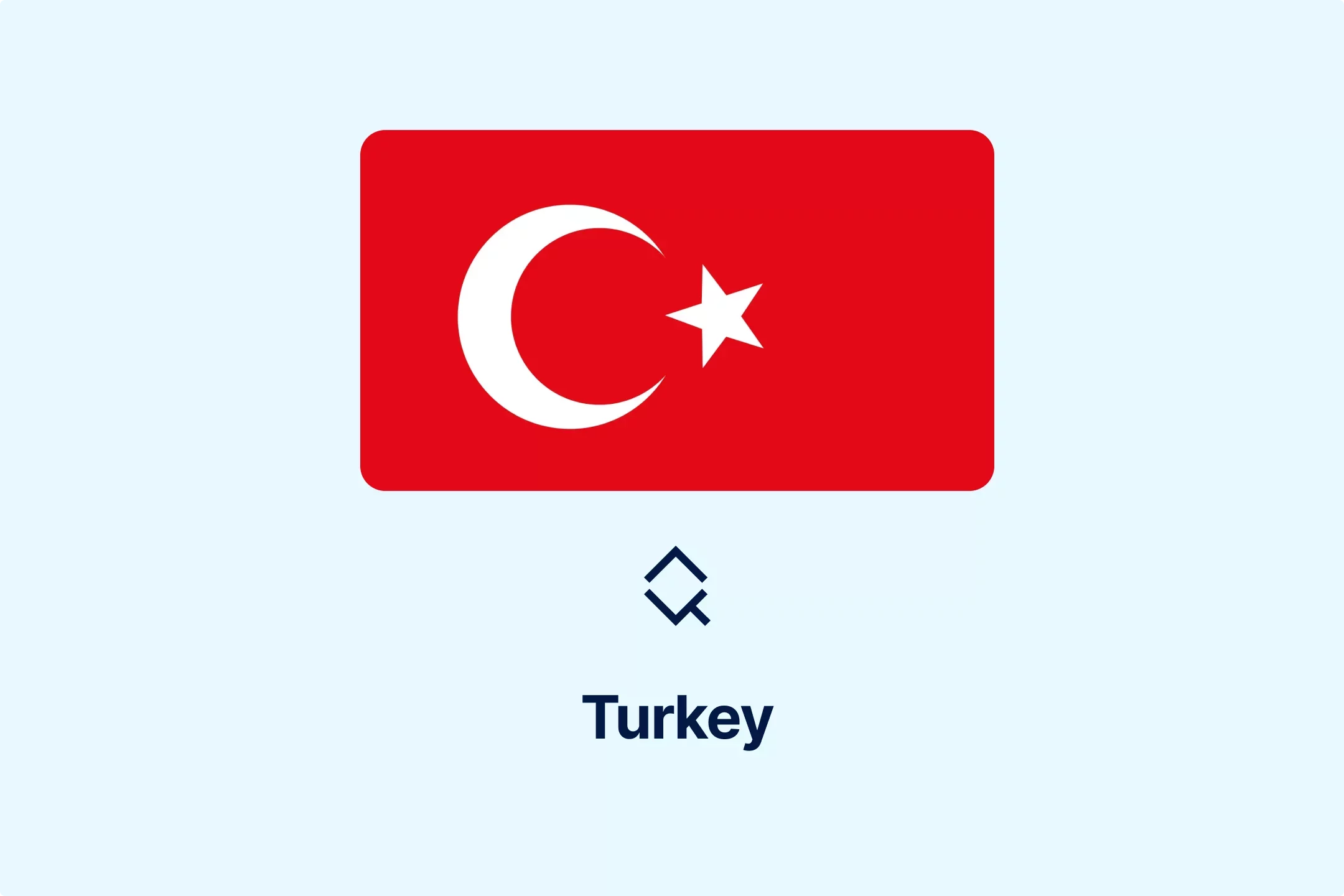
-c0uvrmrq9j.webp)

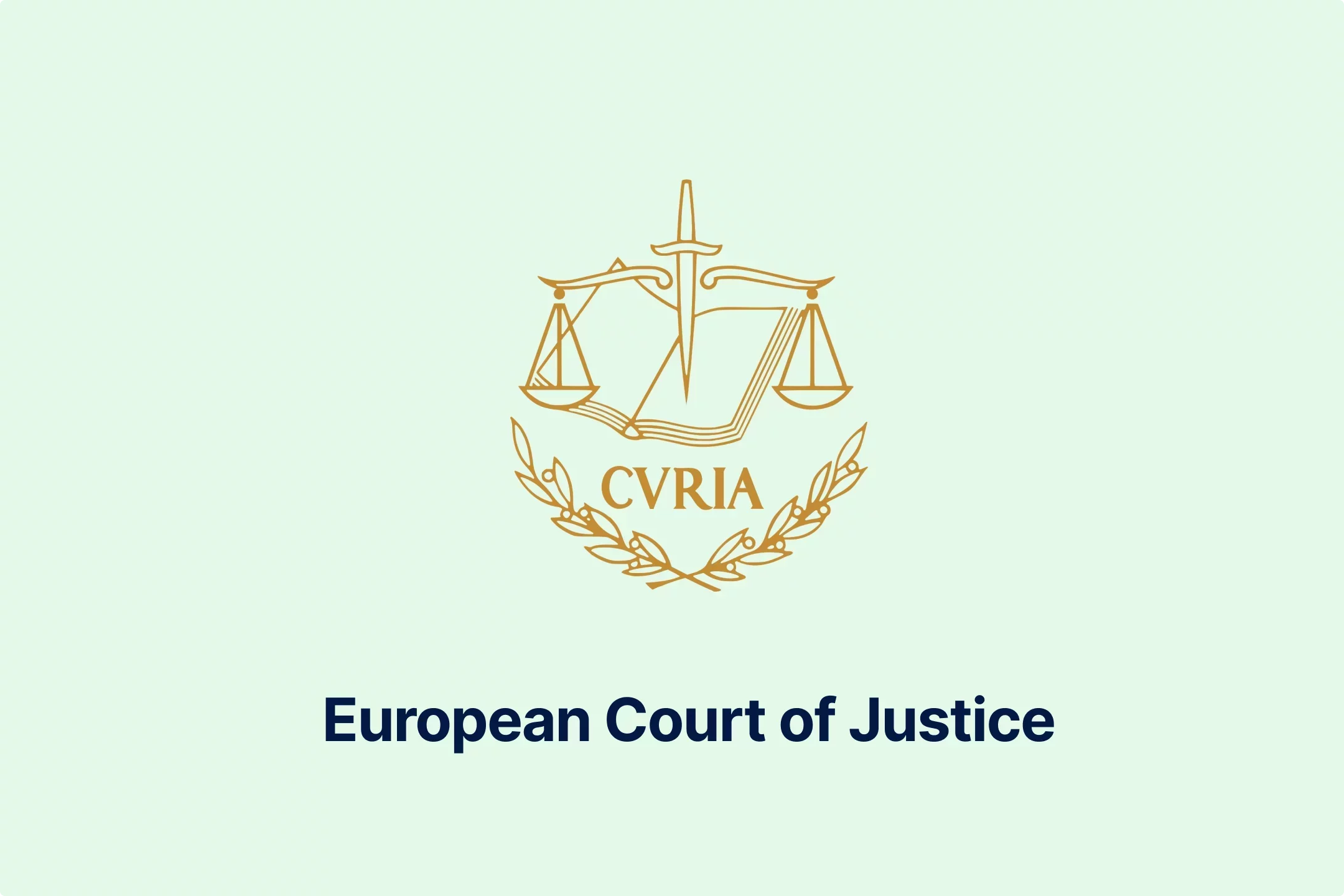

-pofe7ucwz3.webp)
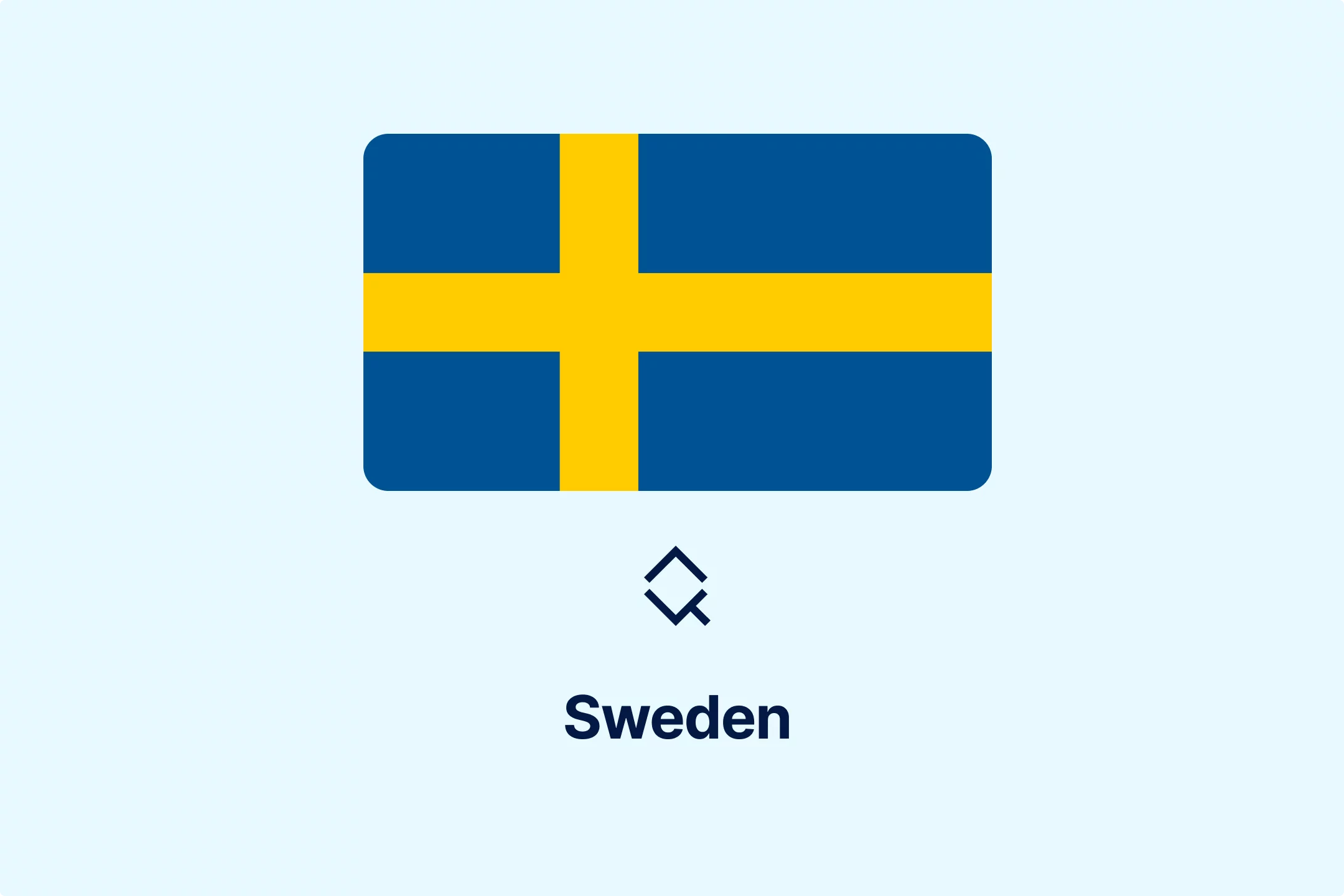

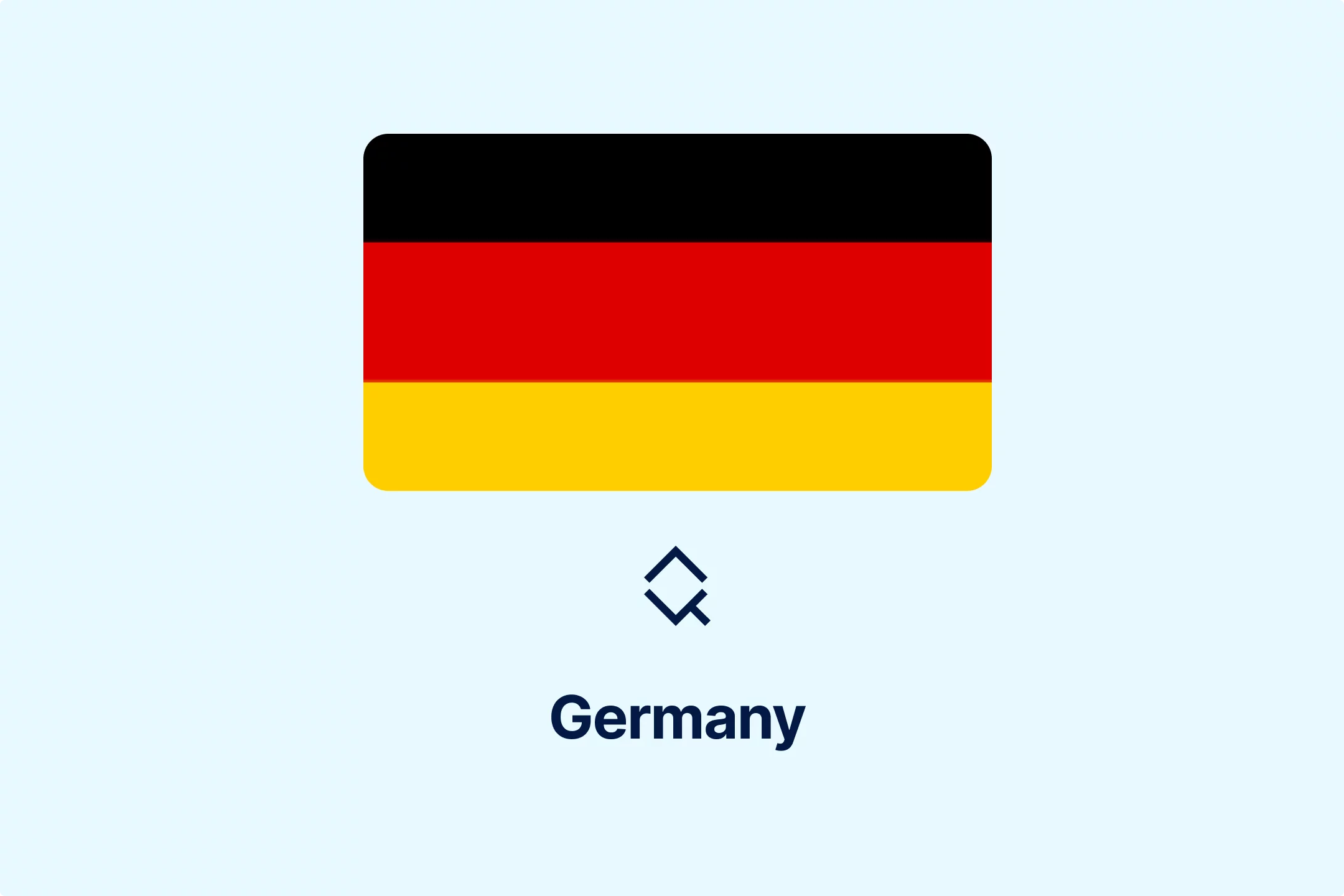
-5cc23ezxyf.webp)
-rrmabbekeb.webp)
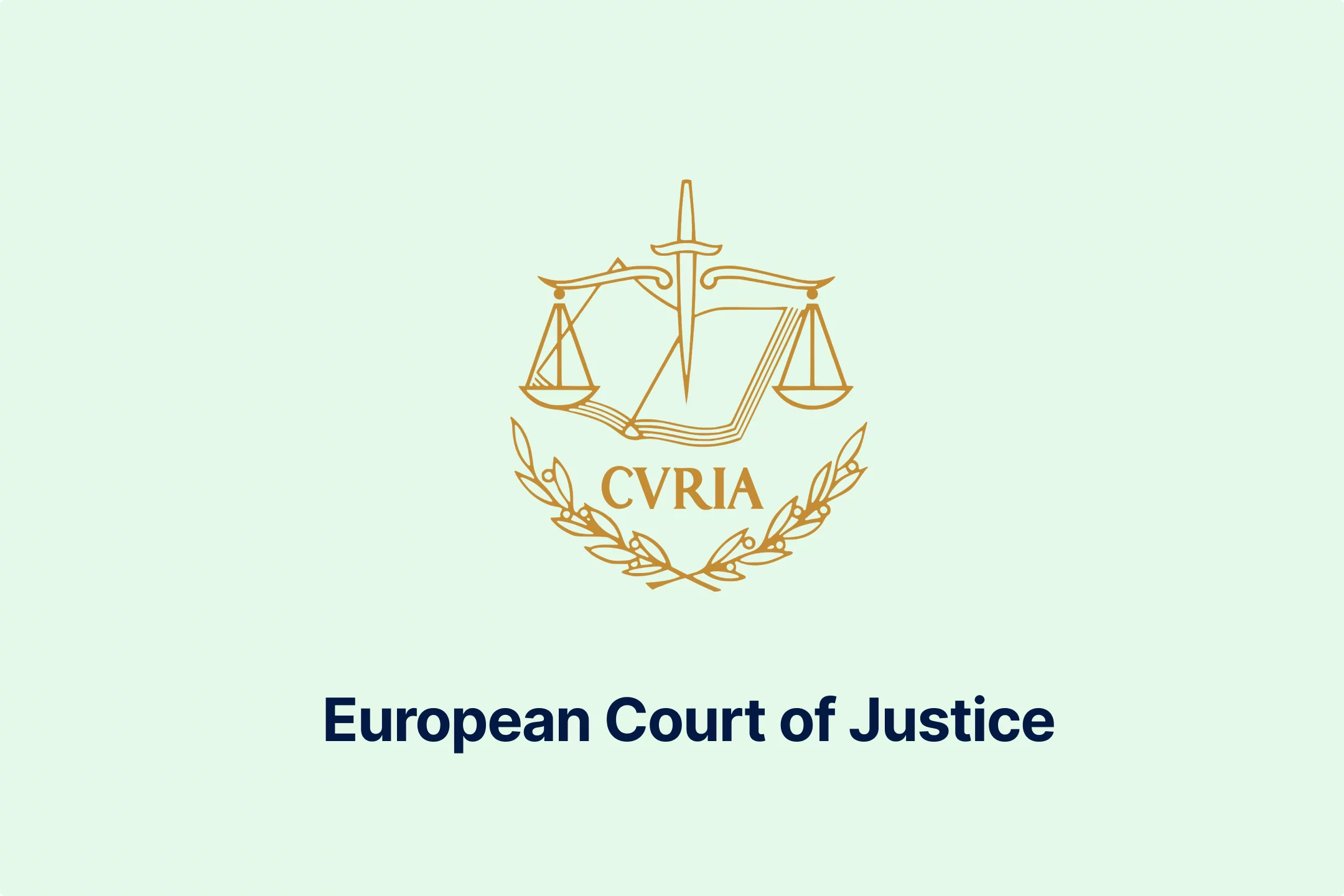
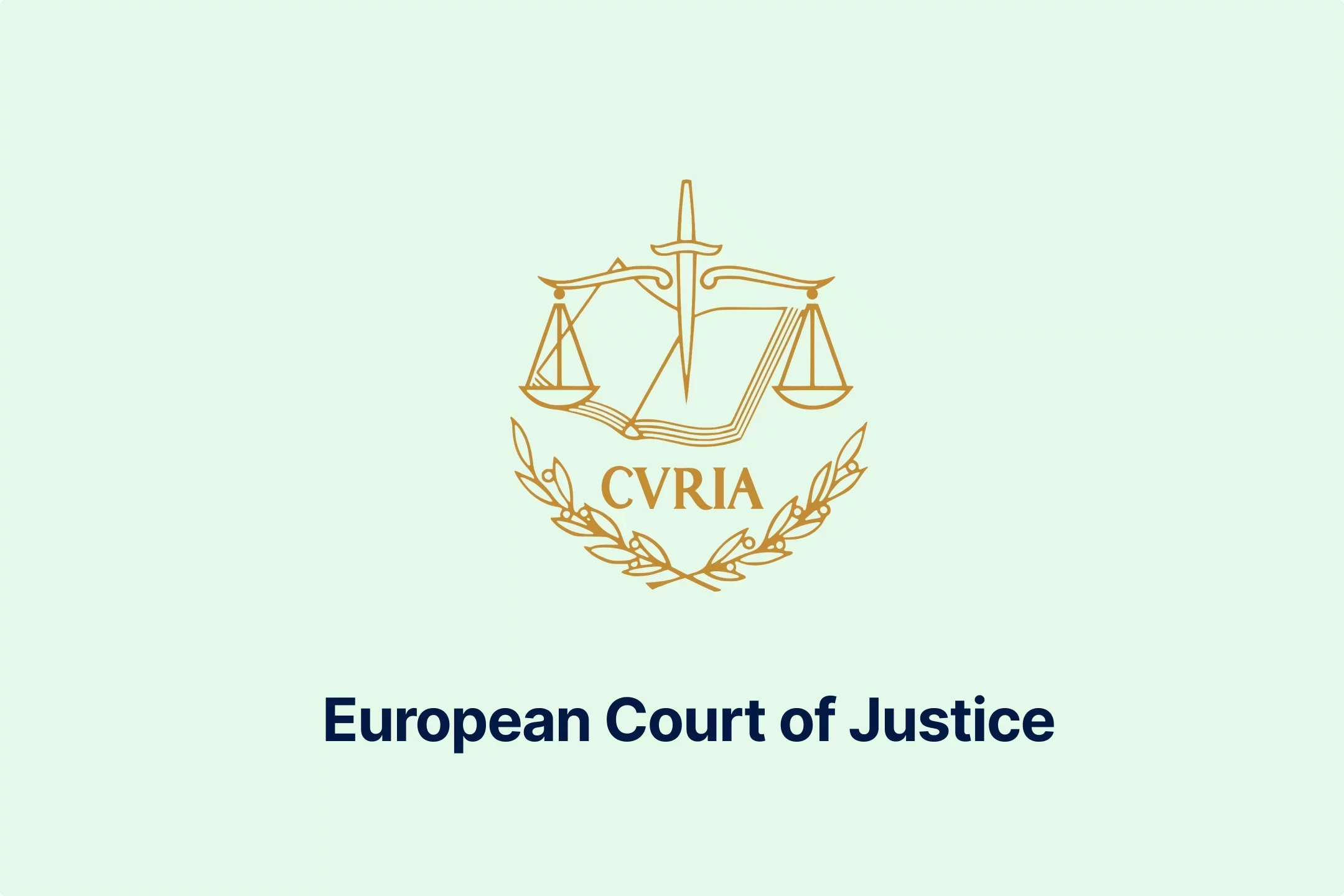
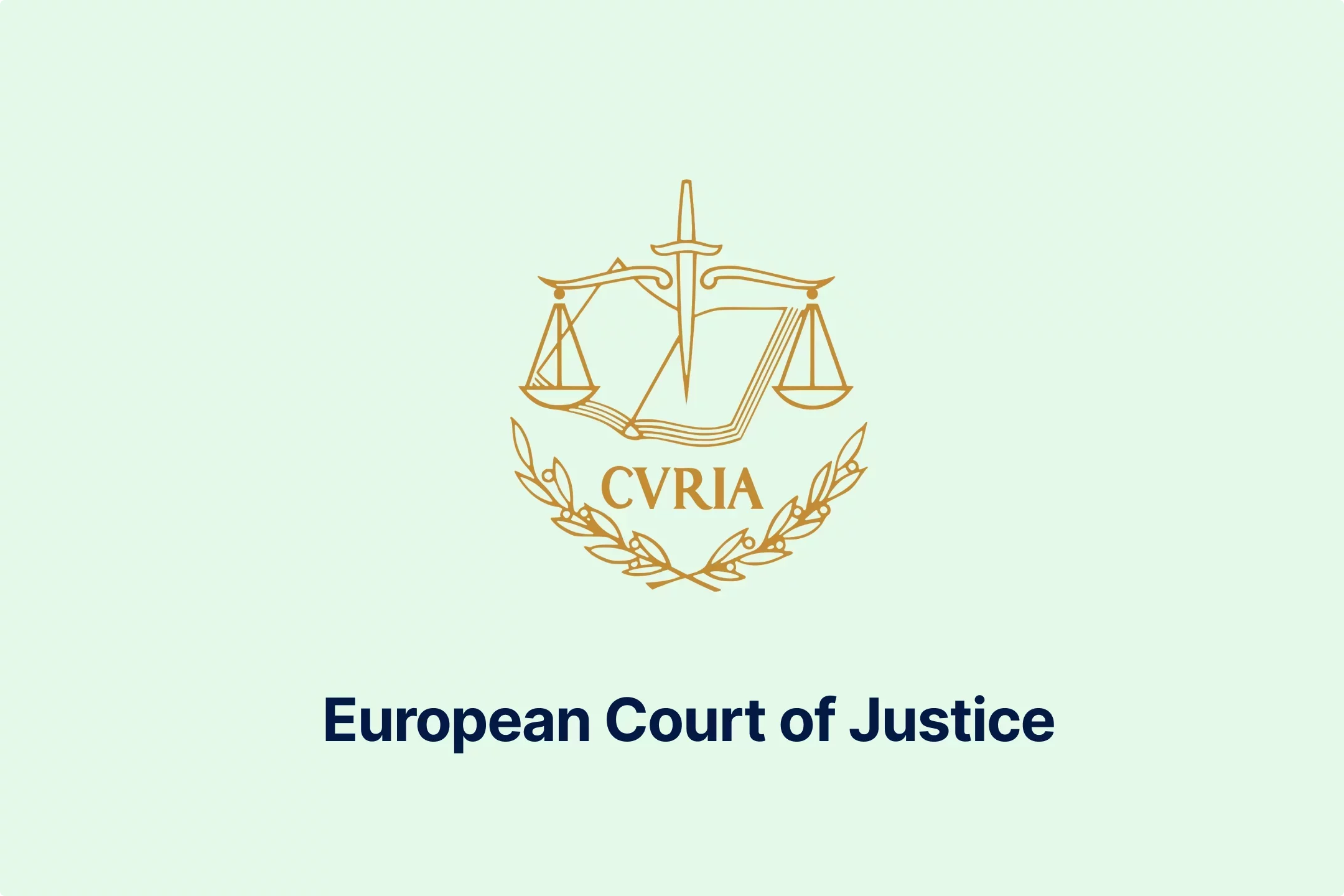
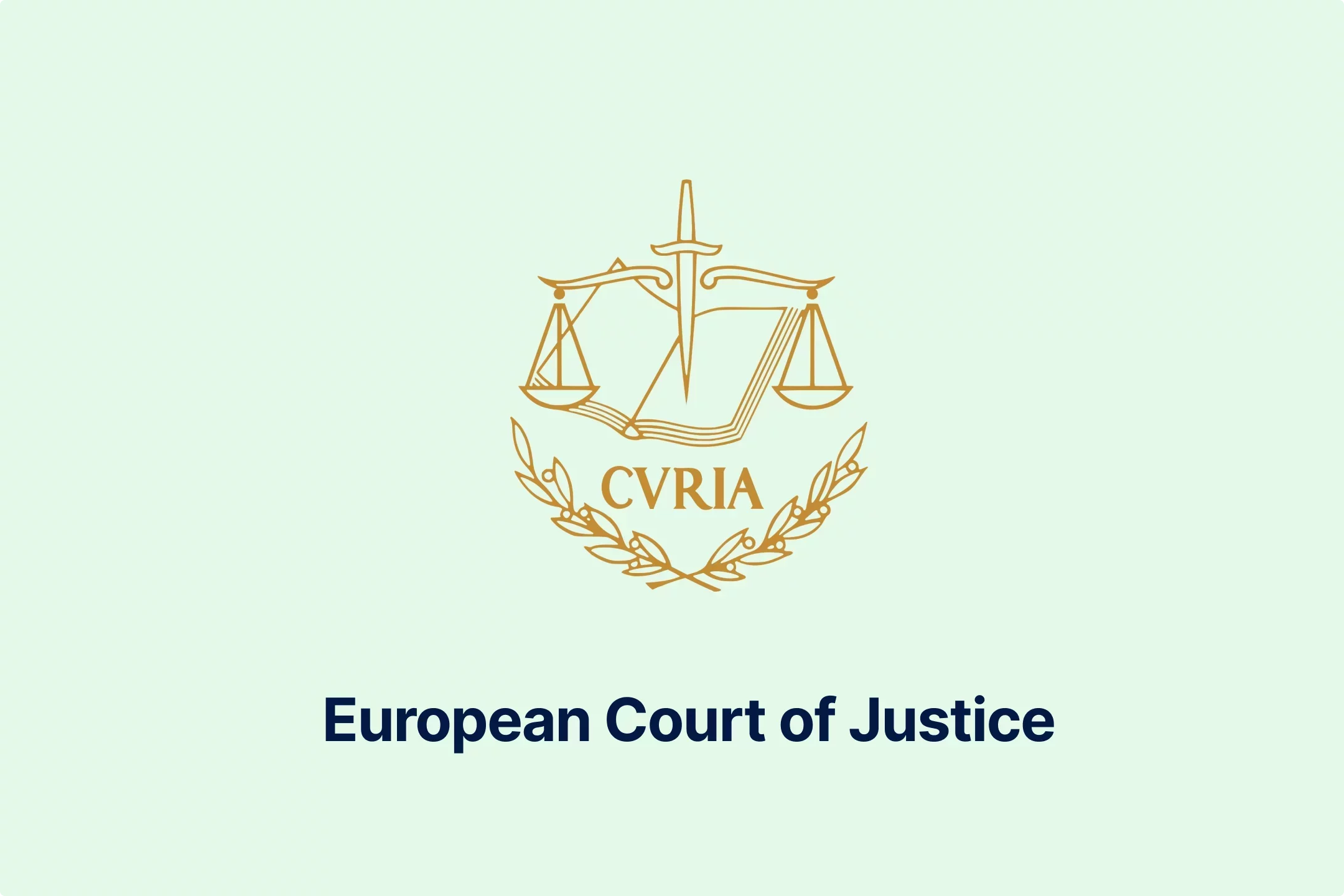
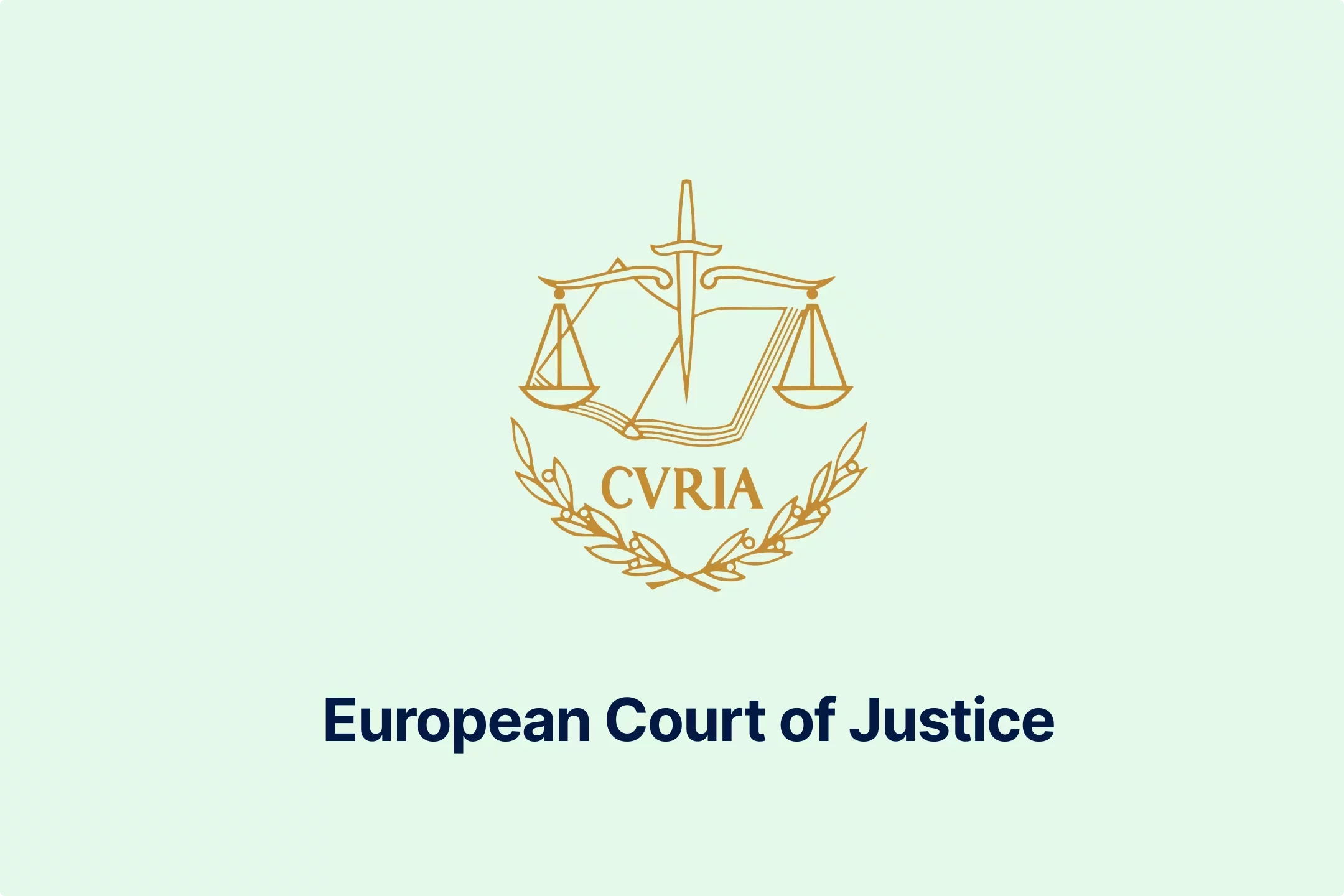
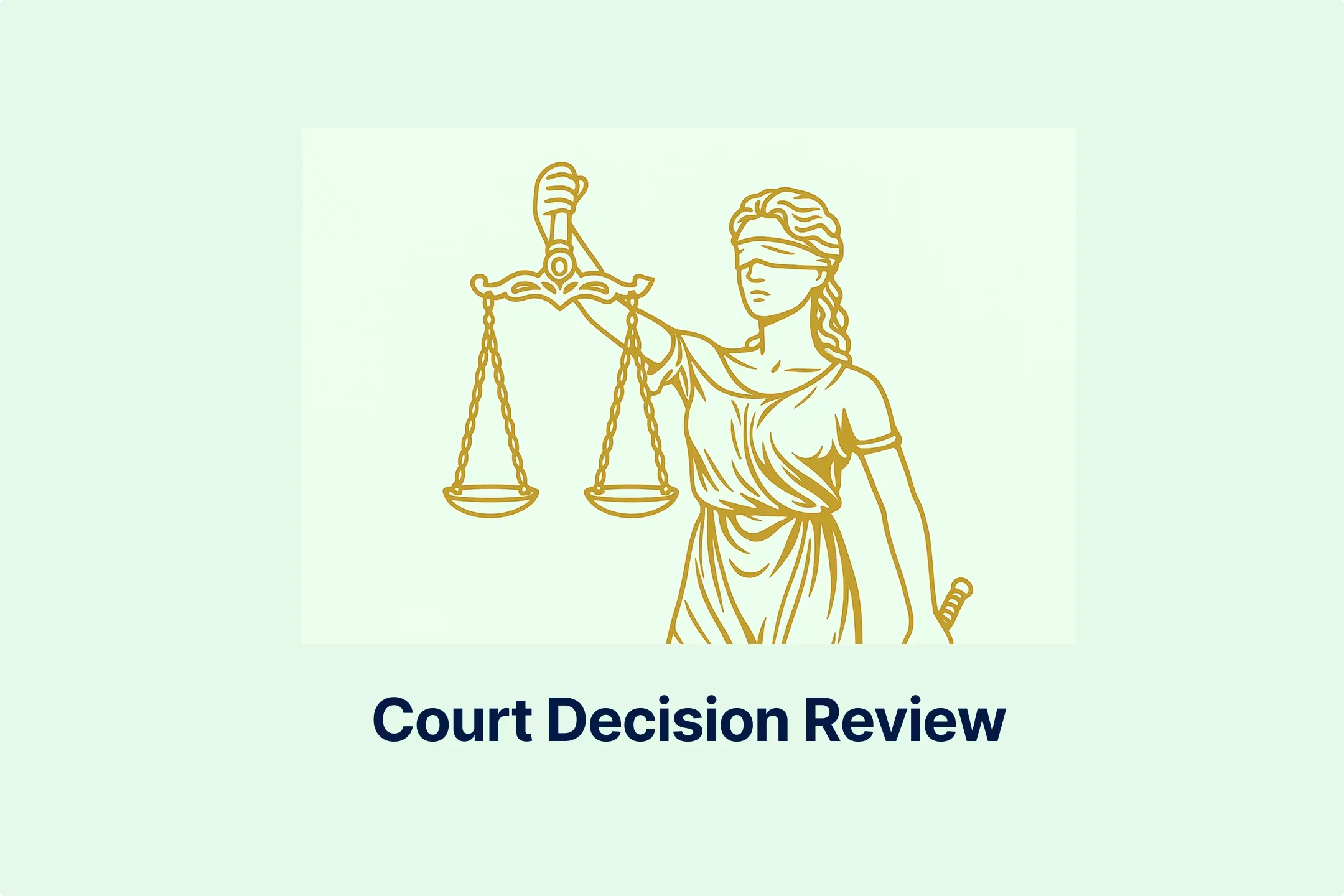


-iyyeiabtaf.webp)
-c8rbjkcs01.webp)
-nilkffjhah.webp)
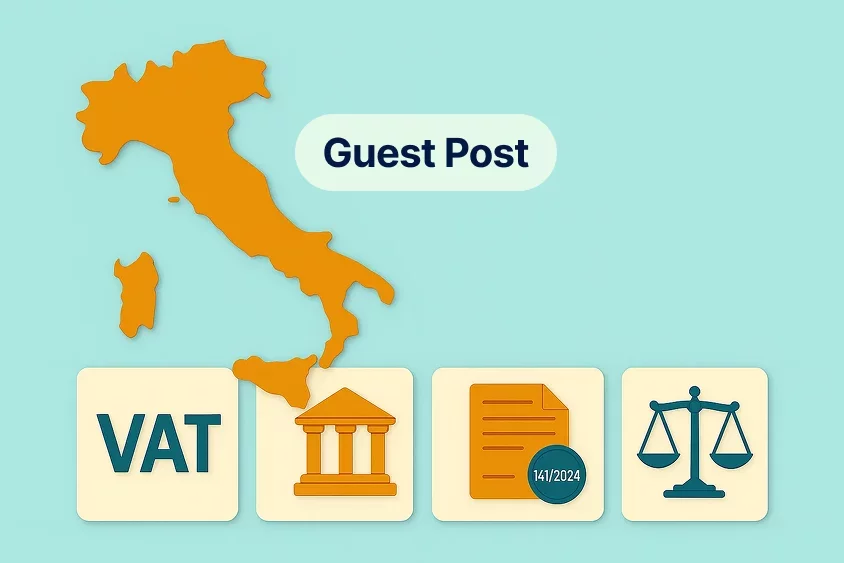
-hikakq55ae.webp)
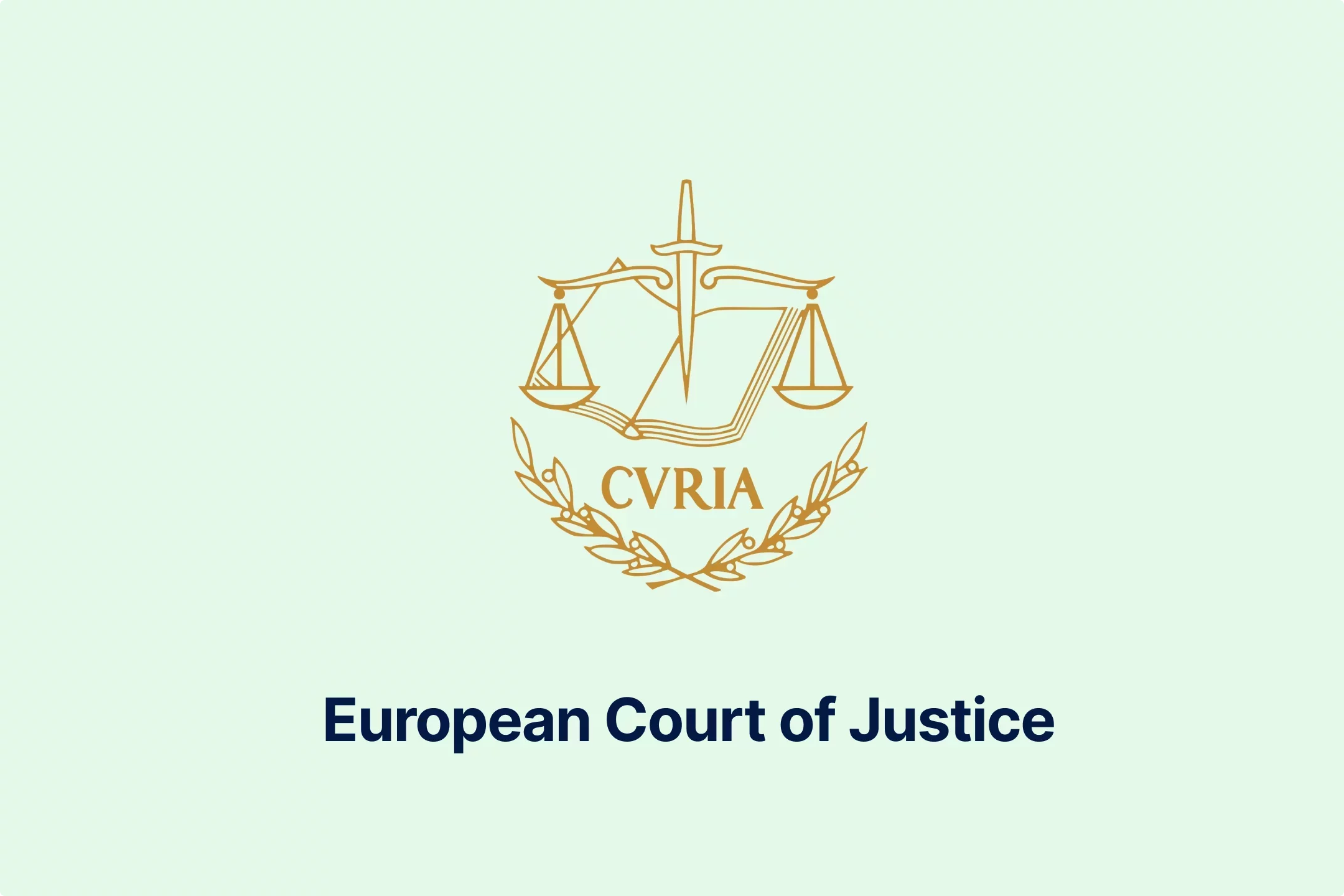
-z1d60bldtg.webp)
-d1a0q6n7mp.webp)
-viip8nvoeh.webp)
-bvv1otliox.webp)

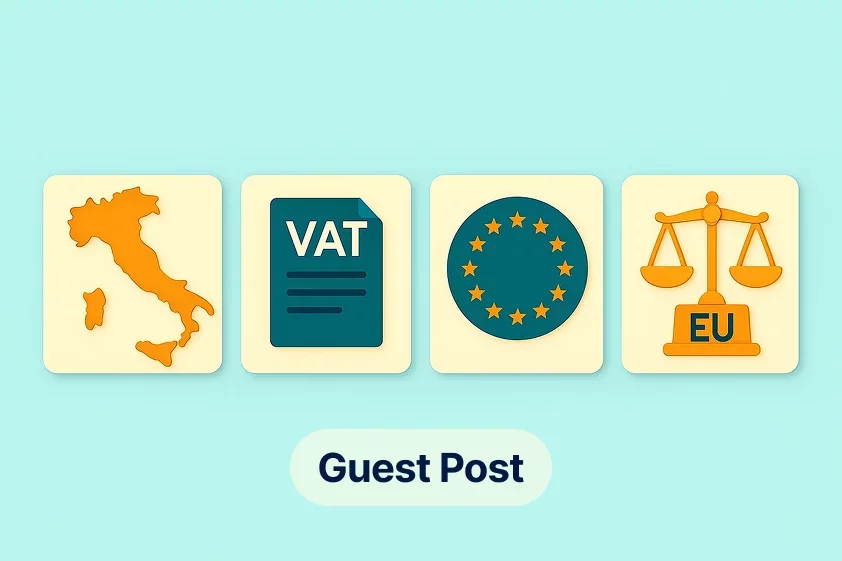
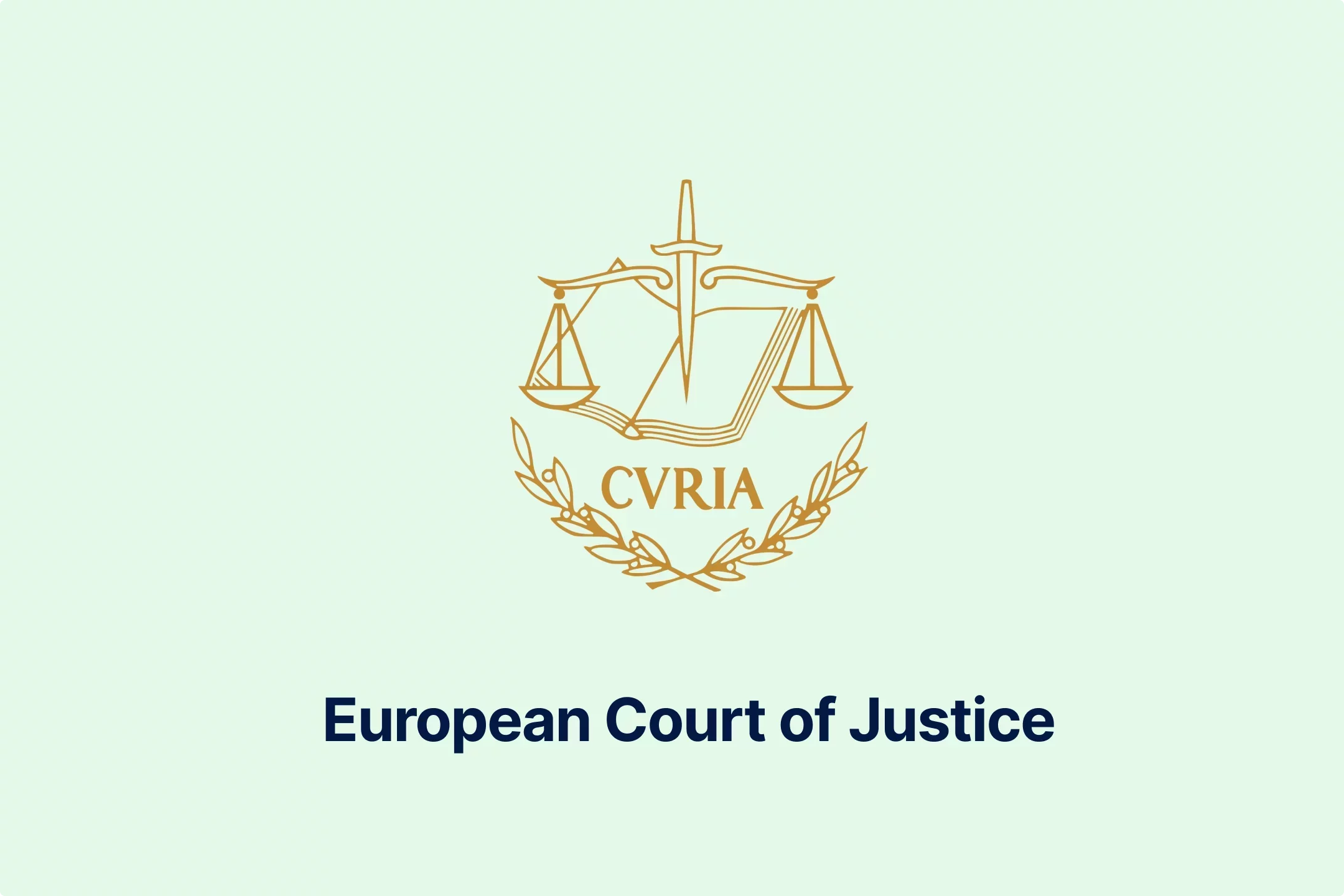
-de8hdb1bn3.webp)
-7xsxxoypnx.webp)

-cm0opezg73.webp)
-0tovsdupmi.webp)
-subxdamdj6.webp)
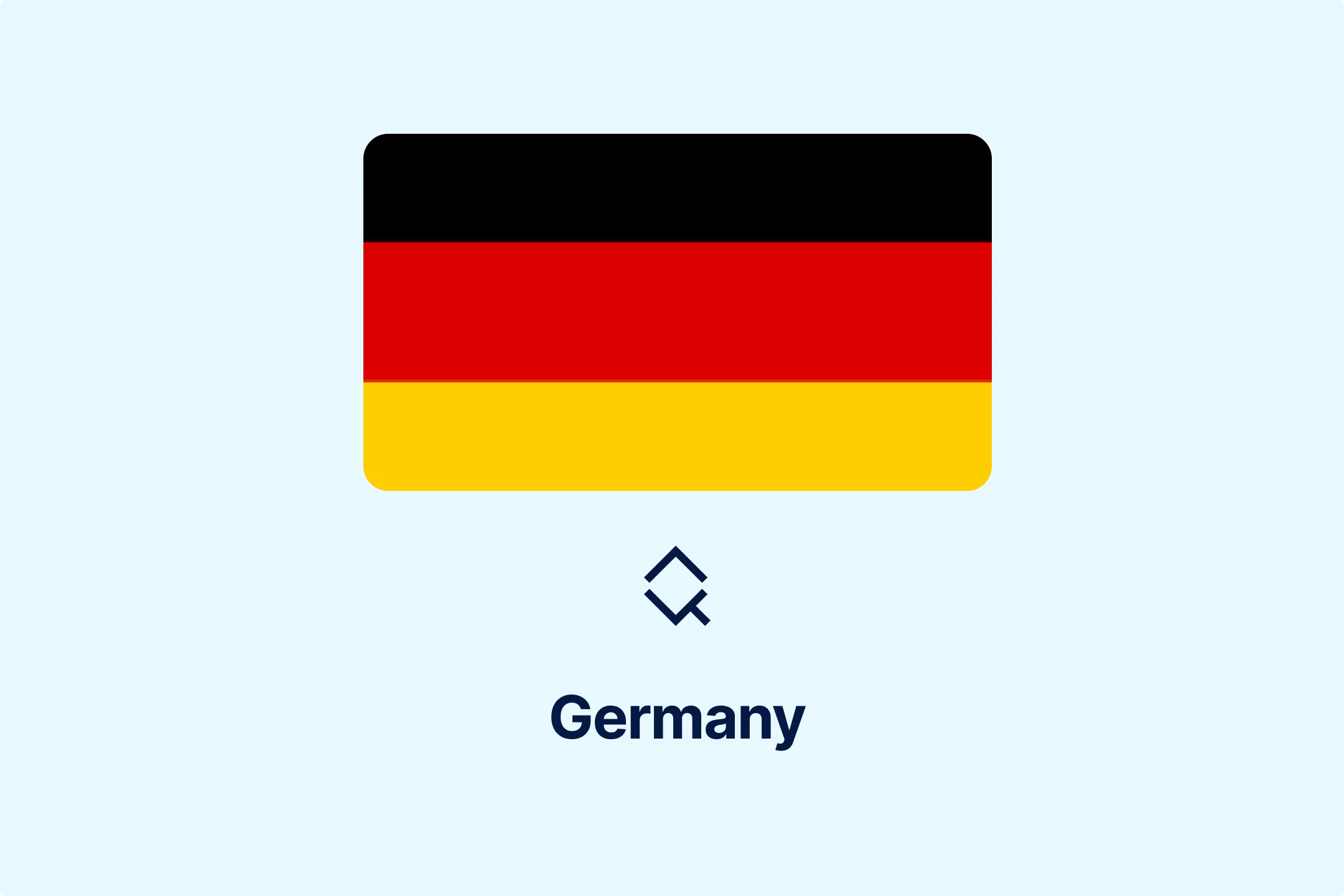
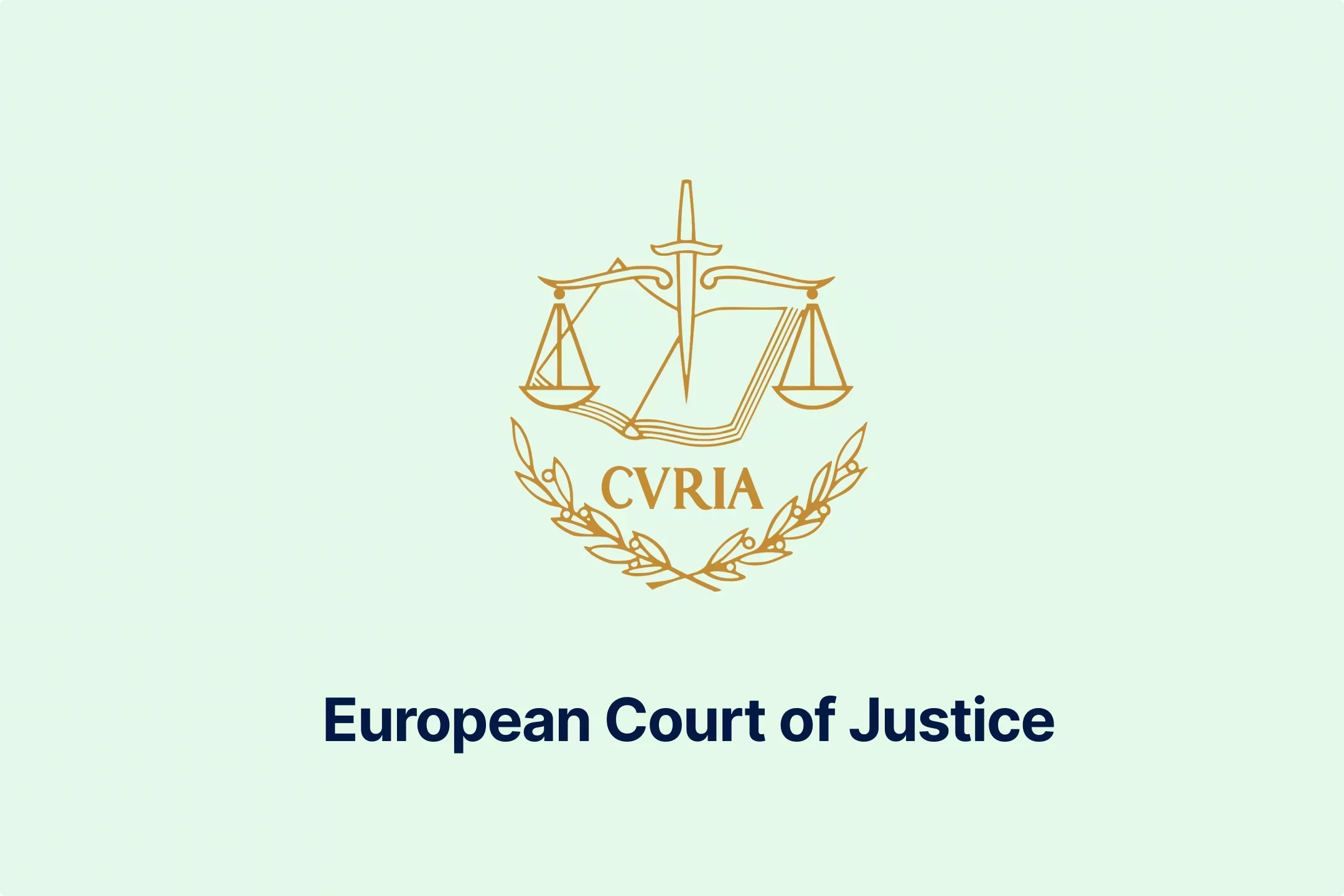
-gly6ablwnh.webp)
-gkduqhwbzh.webp)
-qpe1ld9vcj.webp)
-8noukwsmba.webp)
-aka29tuhkt.webp)


-fisvs27yrp.webp)


-mp0jakanyb.webp)

-aivzsuryuq.webp)



-o7f4ogsy06.webp)

-zjja92wdje.webp)
-hrbhdts8ry.webp)
-qtdkwpgkug.webp)


-cf8ccgah0p.webp)
-0em3cif5s6.webp)





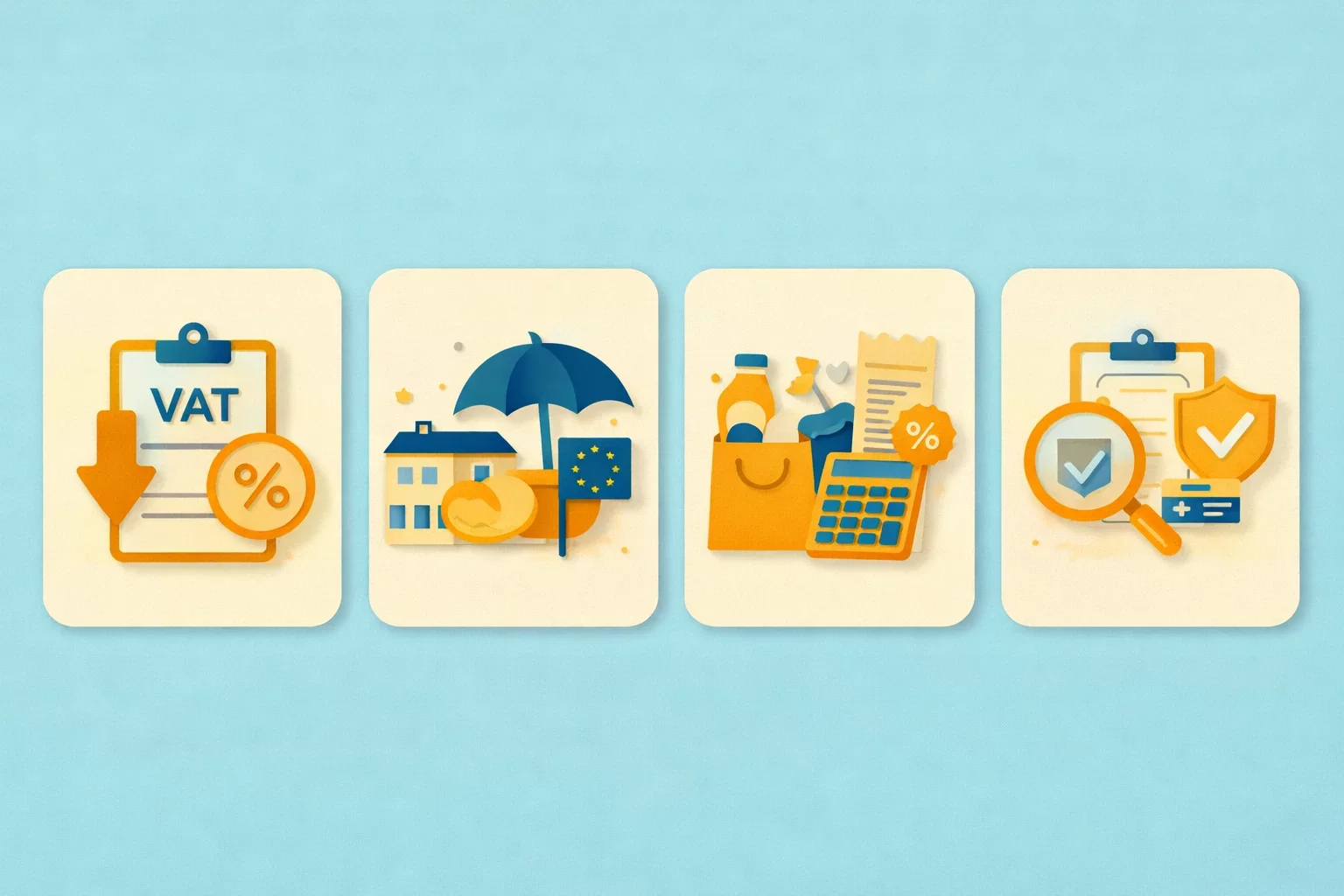
-ptzesl0kij.webp)

-tfzv42pyms.webp)
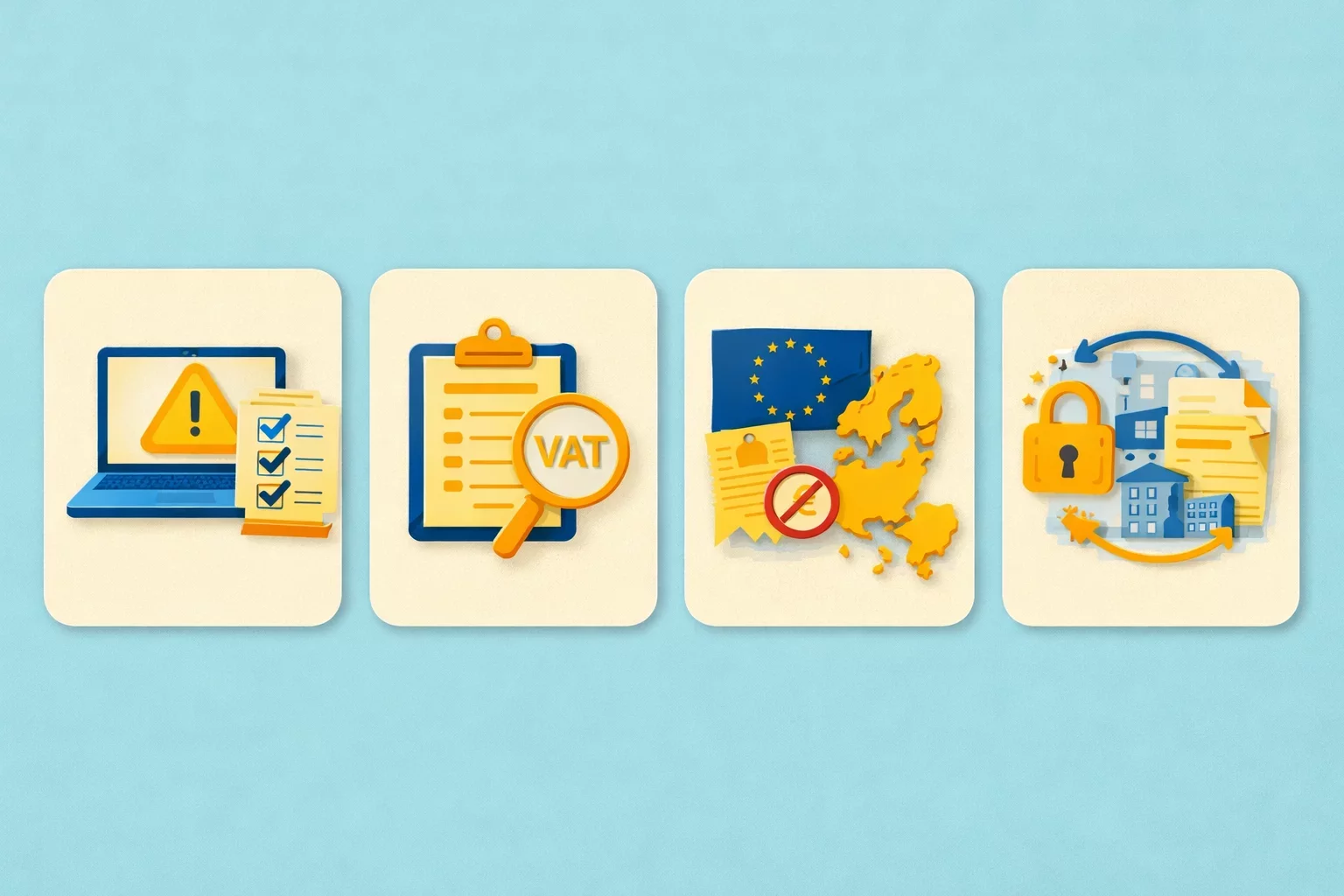






-uodv7sfbih.webp)
-bbrdfmm9qf.webp)



-m2tl8crfqr.webp)




-1awbqjgpjs.webp)
-avbjsn1k1g.webp)


-0h8ohkx6s0.webp)


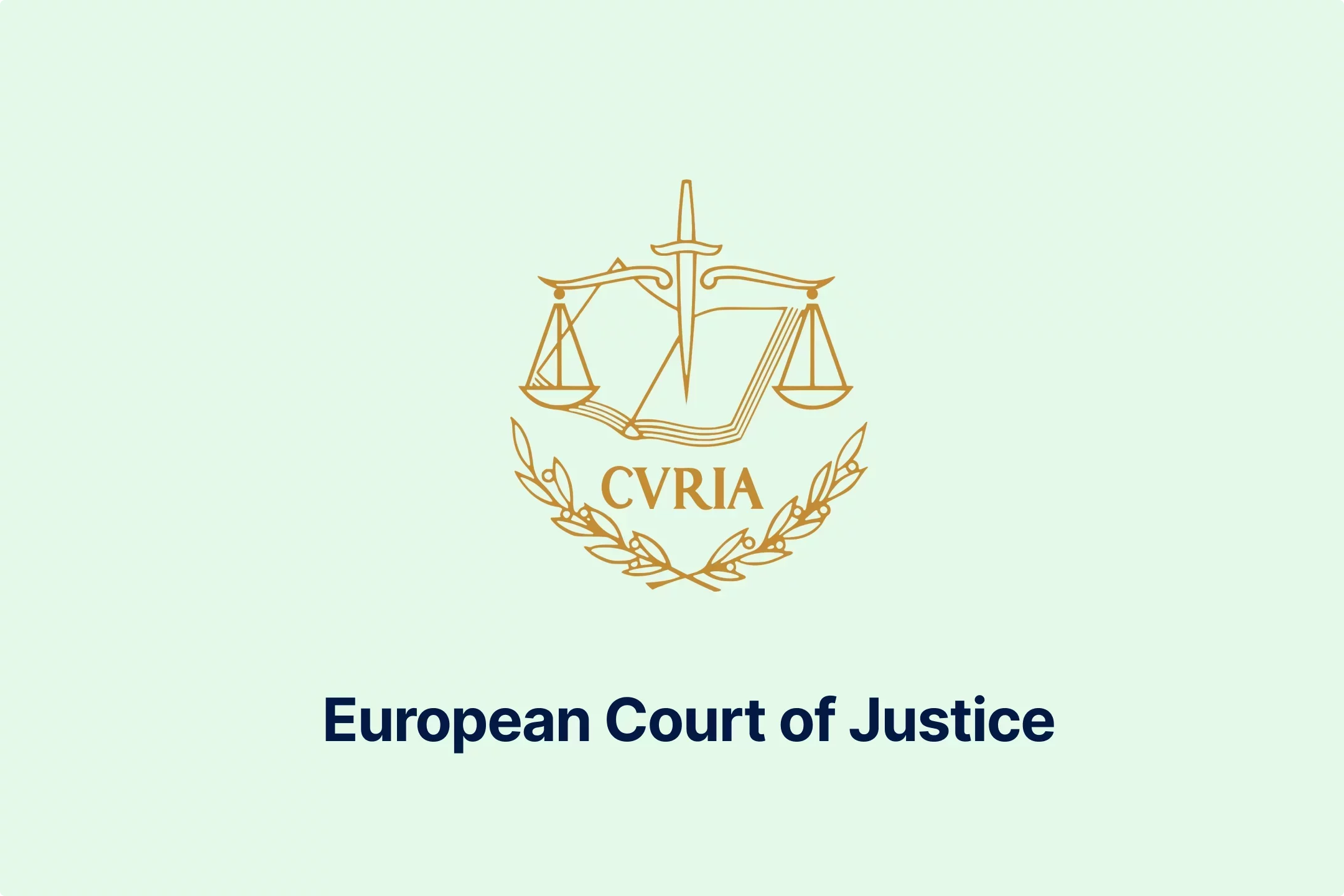
-wfmqhtc7i6.webp)
-7wljbof2zo.webp)

-eqt97uyekl.webp)
-wzw9mcf563.webp)

-z4oxr6i0zd.webp)




-l0zcrrzvhb.webp)
-fhtic1pwml.webp)

-iipdguuz9p.webp)
-nkhhwrnggm.webp)
-pltqwerr3w.webp)

-nn6mtfbneq.webp)

-tmnklelfku.webp)



-8z1msbdibu.webp)
-7g16lgggrv.webp)



-lxcwgtzitc.webp)
-9mc55kqwtx.webp)


-xla7j3cxwz.webp)
-jrdryw2eil.webp)






-t9qr49xs2u.webp)


-qjopq5jplv.webp)



-vune1zdqex.webp)

-qsozqjwle2.webp)
-rgjta7iwiv.webp)

-zb6bxxws47.webp)
-lyfjzw4okp.webp)

-ogpfmol5m1.png)


-czisebympl.png)

-zetvivc79v.png)
-ud7ylvkade.png)
-qizq6w2v5z.png)







-ihr6b4mpo1.webp)
-k1j4au0ph6.webp)
-swxxcatugi.webp)


-ig9tutqopw.webp)

-tauoa6ziym.webp)

-spr0wydvvg.webp)
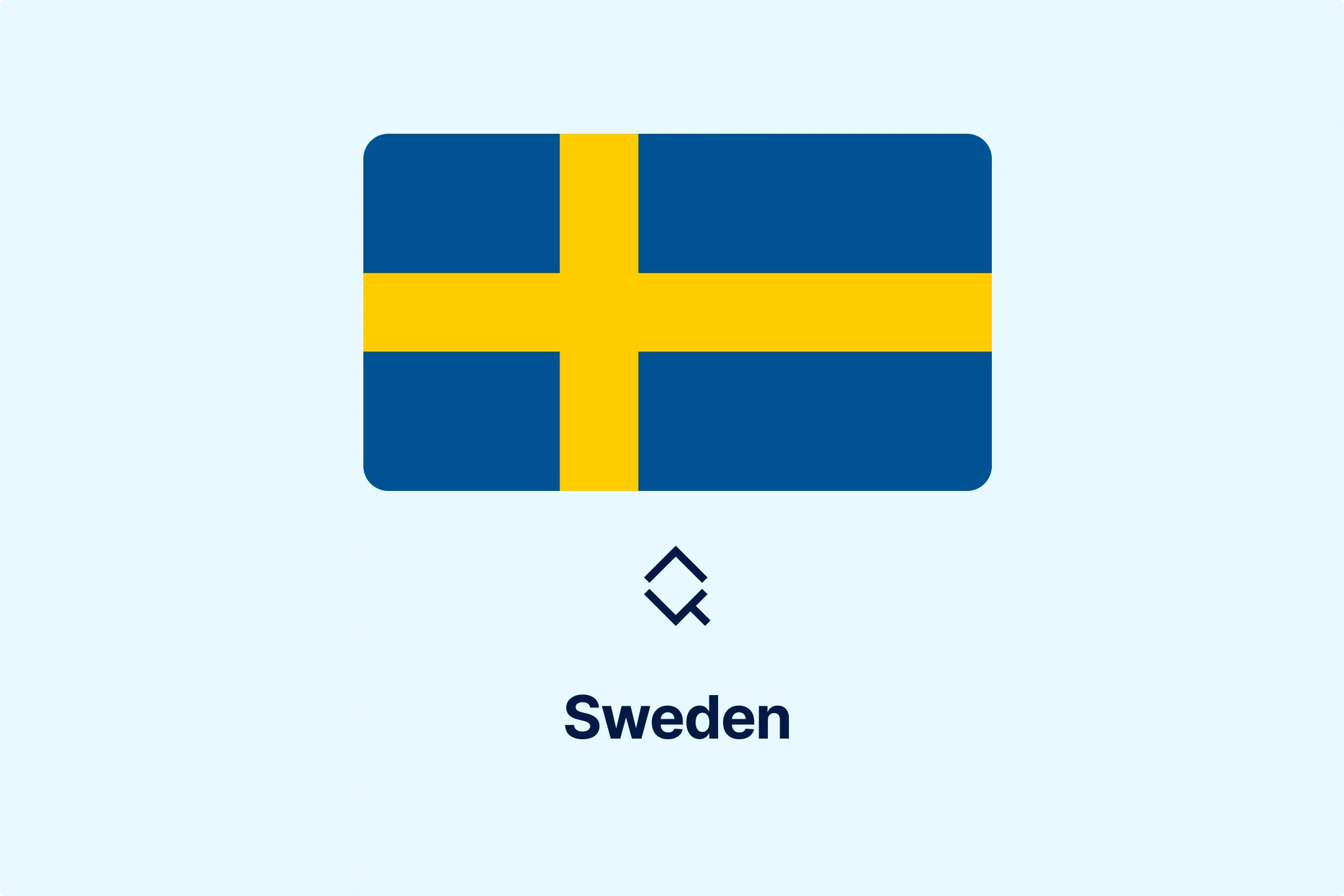
-xfuognajem.webp)





-u2nv5luoqc.webp)








-opuxpan2iu.webp)




-kwttsfd8ow.webp)
-8u14qi10nj.webp)

-wjpr96aq5g.webp)

.png)

.png)


.png)


.png)



.png)
.png)
.png)
.png)
.png)

.png)
.png)




.png)




































































































































